Jun 09, 19 · Harvest Tons of Sweet, Tart, and Unique fruit The Tamarind Tree is a landscaping favorite because this tree has a unique vase shape and a thick canopy filled with pairs of leaves that give it an exotic look In the winter, pale green flowers emerge, adding bursts of color to the landscape before turning into tan seedpods The tan pods contain an edible fruit pulp that's juicy,Tamarindus indica Tamarind Page 3 Invasive potential little, if any, potential at this time Figure 3 Foliage of Tamarind Pest resistance no pests are normally seen on the tree USE AND MANAGEMENT The twigs and branches of Tamarind are very resistant to wind, making it especially useful as a shade or street tree for breezy locations ButMay 22, 16 · Tamarind trees are slow growing but long lived, with a 0years life span Flowers borne in small drooping clusters Buds are red, sepals 5, yellow on the inner side Petals 5, unequal, 113 cm long, pale yellow or creamcolored, with red venation marks
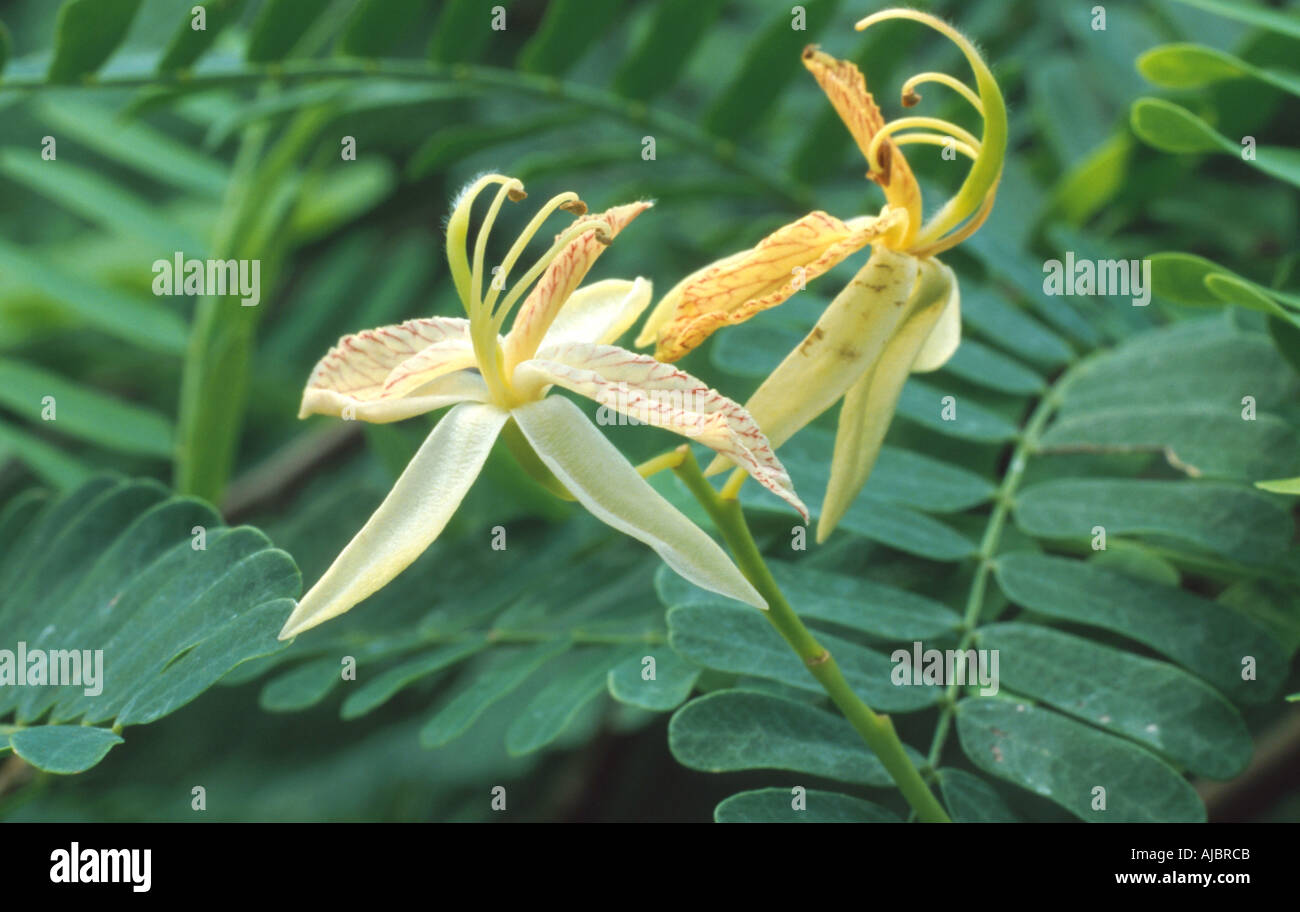
Tamarind Tamarindus Indica Flowers Stock Photo Alamy
Tamarindus indica tamarind tree flowers
Tamarindus indica tamarind tree flowers-Tamarind tre seeds Tamarin, Tamarindo, Tamarindus Indica, Tamariner, Tamarinier d'inde, Tintiri, Tamarind Tree, Tamarind Seed, non gmo BluePumpkinSeedCo 5 out of 5 stars (341)Attaching an image of Indian Palm Bob butterfly on the flower of Tamarindus indica (TAMARIND/ IMLI/ TNETUL) SYMBIOSIS 393 Attachments (1) 1 post by 1 author Attaching an image of a Bumble Bee on the flowers of Tamarindus indica


Tamarindus Indica L Plants Of The World Online Kew Science
Jun 13, 13 · The Indian Tamarind Tree (Tamarindus Indica) known as "Puli" in Tamil is a member of the Leguminosae family It grows throughout India and can live to be 0 years or even more It can be seen in great numbers around Tiruvannamalai, lining the thoroughfares and roadways leading into the townTamarindus indica Tamarind tree Family Fabaceae Tamarind trees produce inconspicuous yellow flowers that with orange and red streaks Fruits are the distinguishing feature of Tamarind trees – long, brown bulgy pods that hang all over the tree like decorations The pods are 0 cms long, containing a fleshy pulp that is initially greenTamarindus is a monospecific genus in the family Fabaceae, subfamily Caesalpinioideae Fabaceae is one of the largest families of flowering plants This family includes about 766 genera and 19,580 species growing in a great variety of climates and habitats (Stevens, 17) The genus Tamarindus is a monotypic taxon, having only a single species
Small to medium size tree Flowers at various times of the year Flower color is white to yellowwhite Fruit is made into a refreshing drink Nice, compact form Gardens and parks "The tamarind tree produces edible, podlike fruitwhich are used extensively in cuisines around the world Other uses include traditional medicines and metal polishesJun 13, 19 · Tamarindus indica is a long lived and beautiful fruiting tree, growing up to 30 metres tall with a dense, spreading crown The tree has fragrant flowers and a feathery foliage that is usually evergreen but becomes deciduous in drier regionsThe Tamarind is a large evergreen tree that grows up to 30 to 35 metres in height with beautiful flowers Tamarind grows all over India, especially in hot and dry climate Susan Guy
116 of 377 results for "tamarind plant" Tamarind Tree Live Tree in a 3 Gallon Pot Tamarindus Indica Edible Fruit Bearing Tree for Gardens and Patios $ $ 149 97The name Tamarind is from the Persian "tamaiHindi" which means Indian Date In spite of the fact that the flowers of the Tamarind are inconspicuous, it is quite one of most handsome trees It grows to a large size and great age and at all times of the year is a beautiful sight with its fine, spreading limbs and canopy of billowing foliageTamarindus indica The Tamarind Tree 10 Fresh Seeds QuintaDosOuriques 4 out of 5 stars (453) $ 4 FREE 5 seeds Tamarind Tree seeds orchid like flowers Multi Purpose plant Butterflies and Hummingbirds Love Tamarindus indica SerendipitySeeds 45 out of 5 stars (2,806) $ 3



Tamarind Indica Powder Tamarindus Indica Herbal Capsule
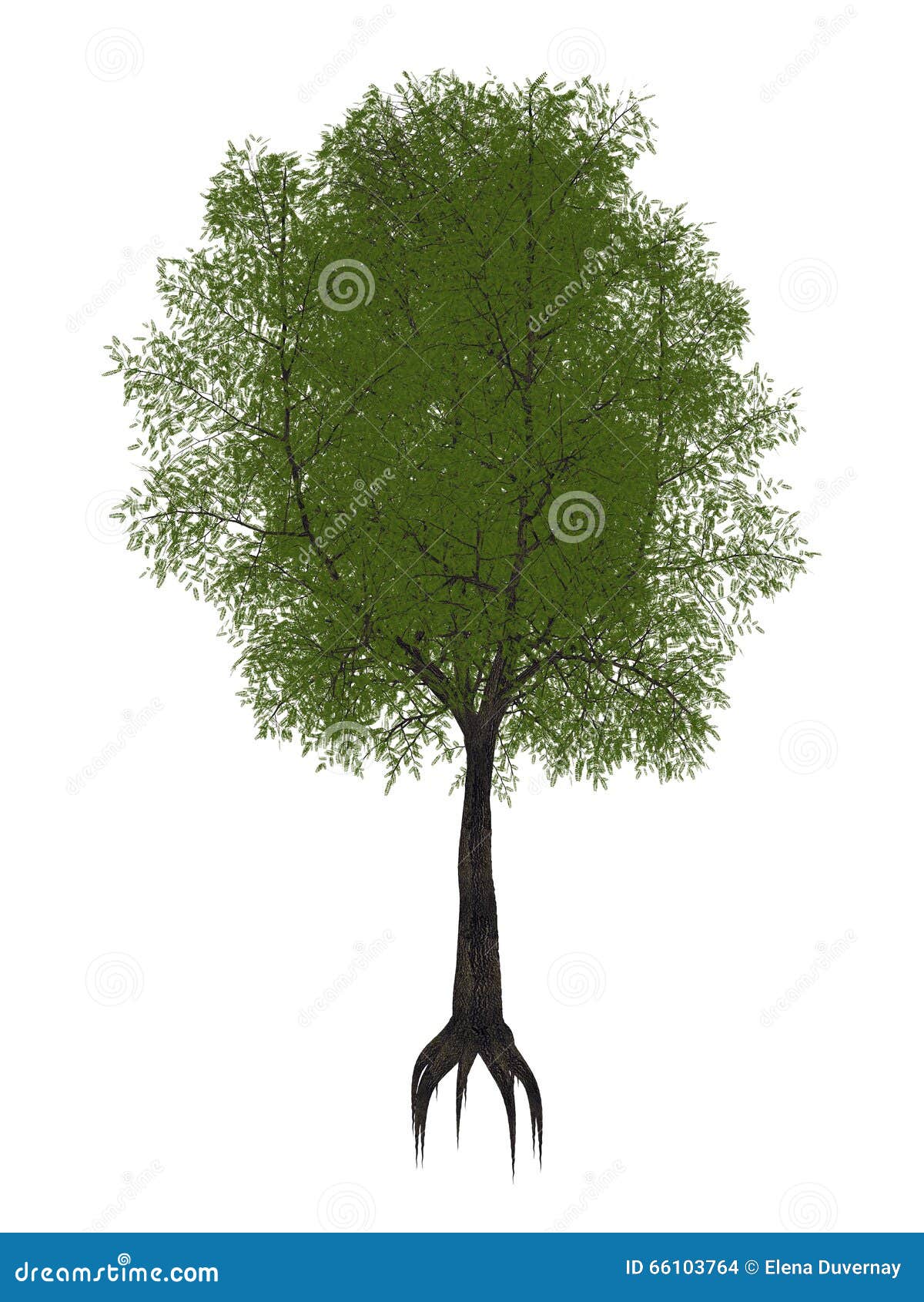


Tamarind Tree Tamarindus Indica 3d Render Stock Illustration Illustration Of Graphic Isolated
Apr 21, 21 · Tamarind tree health benefits – a short description Tamarind leaves flowers and fruits The botanical name of the plant is Tamarindus indica Usually, this perennial grows up to a height of about sixty to eighty feet This evergreen tree looks really attractive with a stout trunk and crown of drooping branchesTamarind tree (Tamarindus indica) tropical tree in the northeast of Thailand isolated on white background tamarind young plants growing in soil on green nature background growing step concept Fresh sweet tamarind isolated on white background with leaves of tamarind, Can be used as a health drink, tamarind juiceTamarindus indica Fabaceae Caesalpinioideae L tamarind TREE MANAGEMENT Growth is generally slow;



Tamarind Flower Stock Photo Download Image Now Istock



How To Plant Tamarind Seeds Native To Eastern Africa The Tamarind Tree Tamarindus Indica Proves Its Worth In Your Yard Tamarind Plant Tamarind Fruit Plants
— East Indies Tamarindus indica pod up to 6 times or more longer than wide, containing 6—12 seeds There are several tamarind cultivars, differing mainly in colour and sweetness of the flesh In Thailand named cultivars of the sweet type (makahm wahn) are grown in orchards, eg 'Muen Chong', 'Nazi Zad', 'Si Chompoo'The tree is slowgrowing, droughttolerant, and somewhat resistant to salt spray Tamarindus indica has a HPWRA (Hawai'i Pacific Weed Risk Assessment) score of 3 (Low Risk) Native to Tropical Africa Family Fabaceae Previously listed in the Leguminosae family Tree Characteristics Rounded or Vase Shape Has Evergreen foliage Height 40Tamarindus indica is an evergreen, drought, deciduous, flowering, large perennial tree, with a widespreading dense symmetrical canopy and short stout Straight trunk with pendulous branches Has a strong natural branch system Grows 1015m tall with a spread of 8m Noted as reaching 2430m tall with a 12m spread and a 2m diameter trunk in its native habitat with food production of



Tamarind Flower Page 1 Line 17qq Com



Tamarind Flower Stock Photo Download Image Now Istock
The tree is slowgrowing, droughttolerant, and somewhat resistant to salt spray Tamarindus indica has a HPWRA (Hawai'i Pacific Weed Risk Assessment) score of 3 (Low Risk) Native to Tropical Africa Family Fabaceae Previously listed in the Leguminosae family Tree Characteristics Rounded or Vase Shape Has Evergreen foliage Height 40Sep 21, 17 · The tamarind (Tamarindus indica) is a semievergreen tropical tree that produces edible leaves, flowers and pods in US Department of Agriculture plant hardiness zones 9 to 11 Immature pods are often eaten as a vegetable, while the mature pod is eaten as a fresh fruit or left to dehydrate in the podFind many great new & used options and get the best deals for Flowering Tamarind Bonsai Tree Large (tamarindus indica) at the best online prices at eBay!
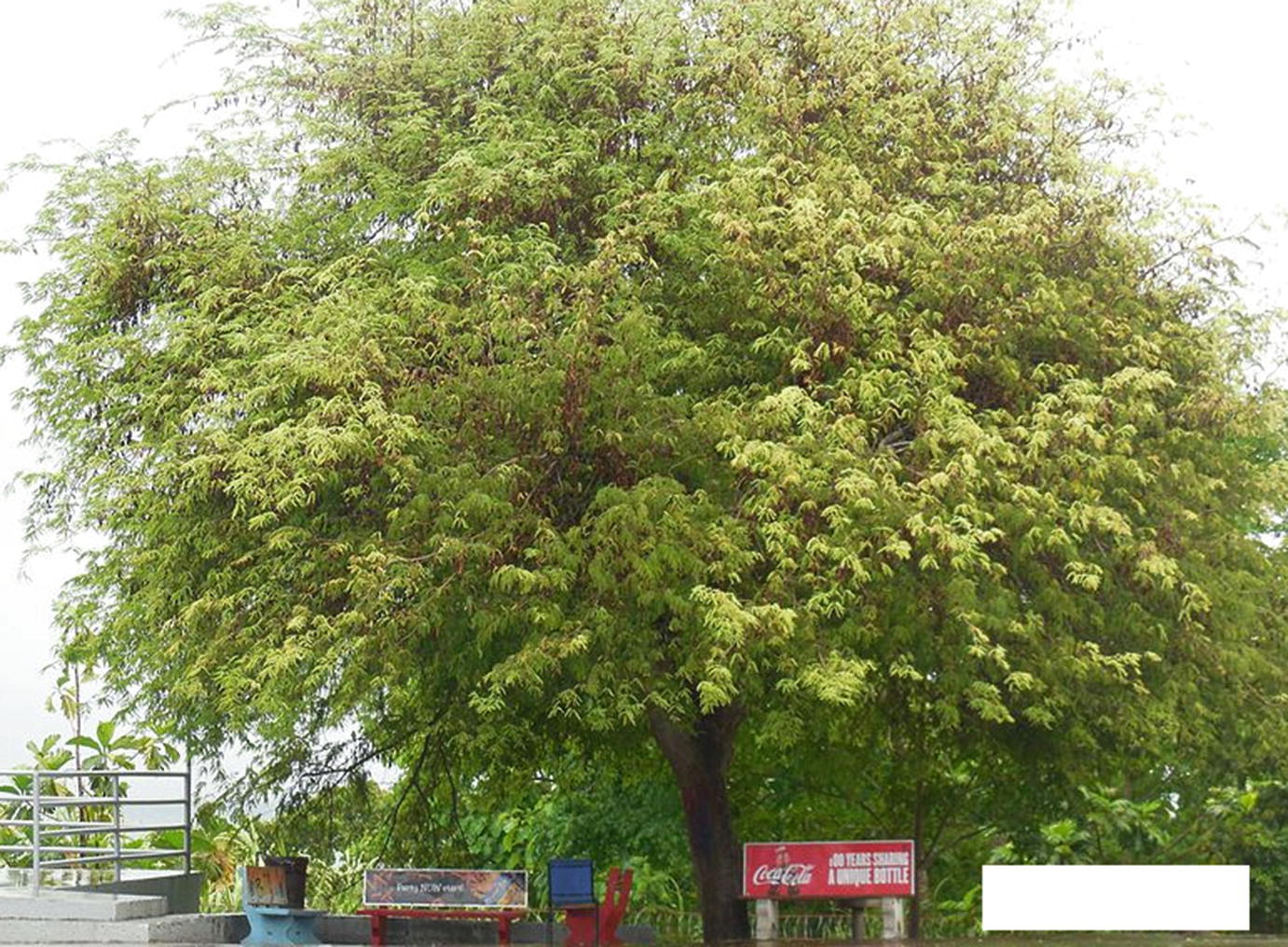


Tamarindus Indica Phytochemical Constituents Bioactive Compounds And Traditional And Medicinal Uses Springerlink



Tamarind Bonsai Tree Tamarindus Indica Youtube
Mar 30, 15 · by Jemma Tamarind is a tropical, frostsensitive, longlived, busy tree that can reach over metres in height It is an evergreen tree but Tamarindus indica's bright green, fernlike leaves can fall off if exposed to prolonged periods of hot, dry weather The sweetscented, fivepetal flowers are yellow with pink/red streaks and resemble small orchidsTamarind trees feature (a) short stout trunks topped by bushy widespreading crowns with arching branches, (b) ferny, evenpinnate, compound leaves with light green leaflets, (c) summer bloom of redveined cream to pale yellow flowers in drooping racemes and (d) plump cinnamonbrown beanlike seed pods filled, when ripe, with an edible sweetsour pulp which has a variety ofTamarind Tamarindus indica Plant Family Leguminosae Leaves Alternate, oncecompound, with 10 – 16 pairs of oblong leaflets;



Characteristics Of Tamarind Tree Tamarindus Indica In The Wild Names Of Trees
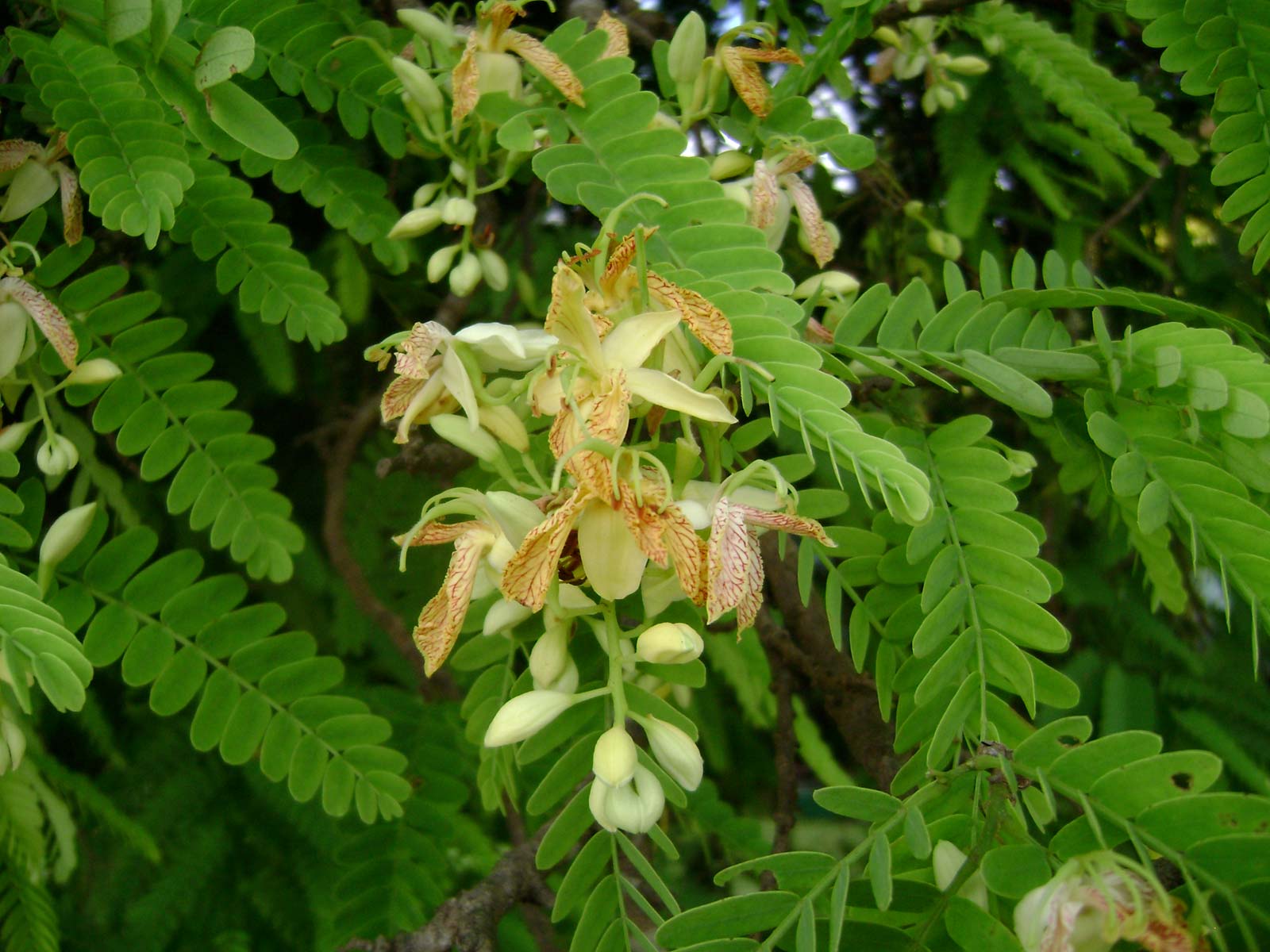


Tamarind Tamarindus Indica Feedipedia
Description A large tree to 30 m, with an extensive dense crown The short bole can be 1 m in diameterEvergreen or deciduous in dry areas Bark Rough, greybrown, flaking Leaves Compound, on hairy stalks to 15 cm, 1018 pairs of leaflets, dull green to 3 cm, oblong, round at the tip and base, veins raised Young leaves ans very young seedlings and flowers are cooked andGrowing Tamarind Tamarindus indica Botanical Overview A member of the widespread Legume family (Fabaceae), the Tamarindus genus has Tamarind as its only species Flowers Four sepals, red on the outside and green to white inside, open to reveal five petals, yellow laced with red veins, of varying length The flowers are fragrantSeedling height increasing by about 60 cm annually The juvenile phase lasts up to 45 years, or longer Young trees are pruned to allow 35 wellspaced branches to develop into the main scaffold structure of the tree



Tamarindus Indica Tamarind Tree Seeds Orchid Like Blooms Container Bonsai Garden 10 Seeds Amazon Com Grocery Gourmet Food



Amazon Com 10 Seeds Tamarindus Indica Tamarind Tree Orchid Like Flowers Container Or Standard Bonsai Gardening Butterflies And Hummingbirds Love Garden Outdoor
Jan 24, · Tamarindus indica, Tamarind Tamarind is a tropical tree planted in south Florida and in other warm climates for its delightful shade and soft texture Although the tree has a tendency to produce multiple trunks with included bark wedged between them, this problem can be overcome with regular pruning when the tree is youngThe leaves are held on zigzag branches Bark Medium to dark gray, lightly fissured Flowers Yellow, pealike, the petals show red streaks;Tamarind leaves and flowers are useful as mordants in dyeing A yellow dye derived from the leaves colors wool red and turns indigodyed silk to green Tamarind leaves in boiling water are employed to bleach the leaves of the buri palm (Corypha elata Roxb) to prepare them for hatmaking The foliage is a common mulch for tobacco plantings



Tamarind Tree Tamarindus Indica Stock Photo Download Image Now Istock



Tamarind Cotyledon Germinating Tamarind Seeds Seeds Plants Tamarind
Tamarind (Tamarindus indica L) E M Yahia, Autonomous University of Queretaro, Mexico and N KE Salih, Agricultural Research Corporation, Sudan Abstract Tamarindus indica L, commonly known astamarind, isamultipurpose longlived tree best known for itsfruit It isindigenous totropical Africa and exoticto Asia and Central AmericaThe inconspicuous incewide, five petaled flowers are borne in small racemes and are yellow with orange or red streaks The flower buds are pink due to the outer color of the four sepals which are shed when the flower opens The Tamarind is longlived and slow growing Prized as bonsai due to the very attractive rough bark that it developsTamarind (Tamarindus indica) grows well in areas subject to fog or mists The Importance of Trimming Trimming is vital if you want to keep your tamarin trees and shrubs healthy and safe



Tetul Tamarind Tamarindus Indica



Tamarind Tree In Garden Tamarindus Indica Stock Photo Picture And Royalty Free Image Image
Late summer to fallTamarind trees feature (a) short stout trunks topped by bushy widespreading crowns with arching branches, (b) ferny, evenpinnate, compound leaves with light green leaflets, (c) summer bloom of redveined cream to pale yellow flowers in drooping racemes and (d) plump cinnamonbrown beanlike seed pods filled, when ripe, with an edible sweetsour pulp which has a variety ofOct 07, 15 · USDA Zone 9b to 11 Difficulty Easy Other Names Tamarindus indica, tamarindo, tamarin, tamarinier, tamarinier des Indes, tamarindier, tamarinde, sampalok, asam jawa, ambli, imli, chinch, makharm Tamarind tree is native to Africa and grows like a wild plant in Indian subcontinent It's also grown across Southeast Asia, South America and tropical parts of



Tamarindus Indica Flowers Tamarind Is A Legume Tree Native Flickr


Tamarind Fruit Tree Sow Exotic
Tamarind Tree Tamarind Tamarindus indica Origin Tamarind originated in Central East Africa but has been grown in India for so long that many believed it came from there It is now found throughout much of the tropics The name 'tamarind' is derived from Arabic 'tamar' = 'date' and 'hind' is the name for 'India' Climate36 in (7515 cm) in length, each having 10 pairs of oblong leaflets 1/2 to 1 in ( cm) long and 1/5 to 1/4 in (56 cm) 1,4 Flowers Pale yellow, reddish pink veins;Tamarindus is a monotypic genus and belongs to the subfamily Caesalpinioideae of the family Leguminosae (Fabaceae), Tamarindus indica L, commonly known as Tamarind tree is one of the most important multipurpose tropical fruit tree species in the Indian subcontinent



Tamarind Tree Tamarindus Indica Free Photo On Pixabay



Learn Growing Tamarind Bonsai From Seeds Lifezshining
The inconspicuous, inchwide, five petaled flowers are borne in small racemes and are yellow with orange or red streaks The flower buds are pink due to the outer color of the four sepals which are shed when the flower opens The Tamarind is longlived and slow growing Prized as bonsai due to the very attractive rough bark that it developsJan 01, 18 · Tamarindus indica is a member of multipurpose, tropical evergreen leguminous species of Caesalpiniaceae subfamily native to Africa and southern Asia It grows well up to 1500 m above sea level where annual rainfall is above 1500 mmIt can grow in versatile soil conditions T indica is very popular for its delicious appetizing fruit The soft, succulent, juicy ripened pulpIn clusters on 6 in (152 cm) pendulant raceme 1 Fruit
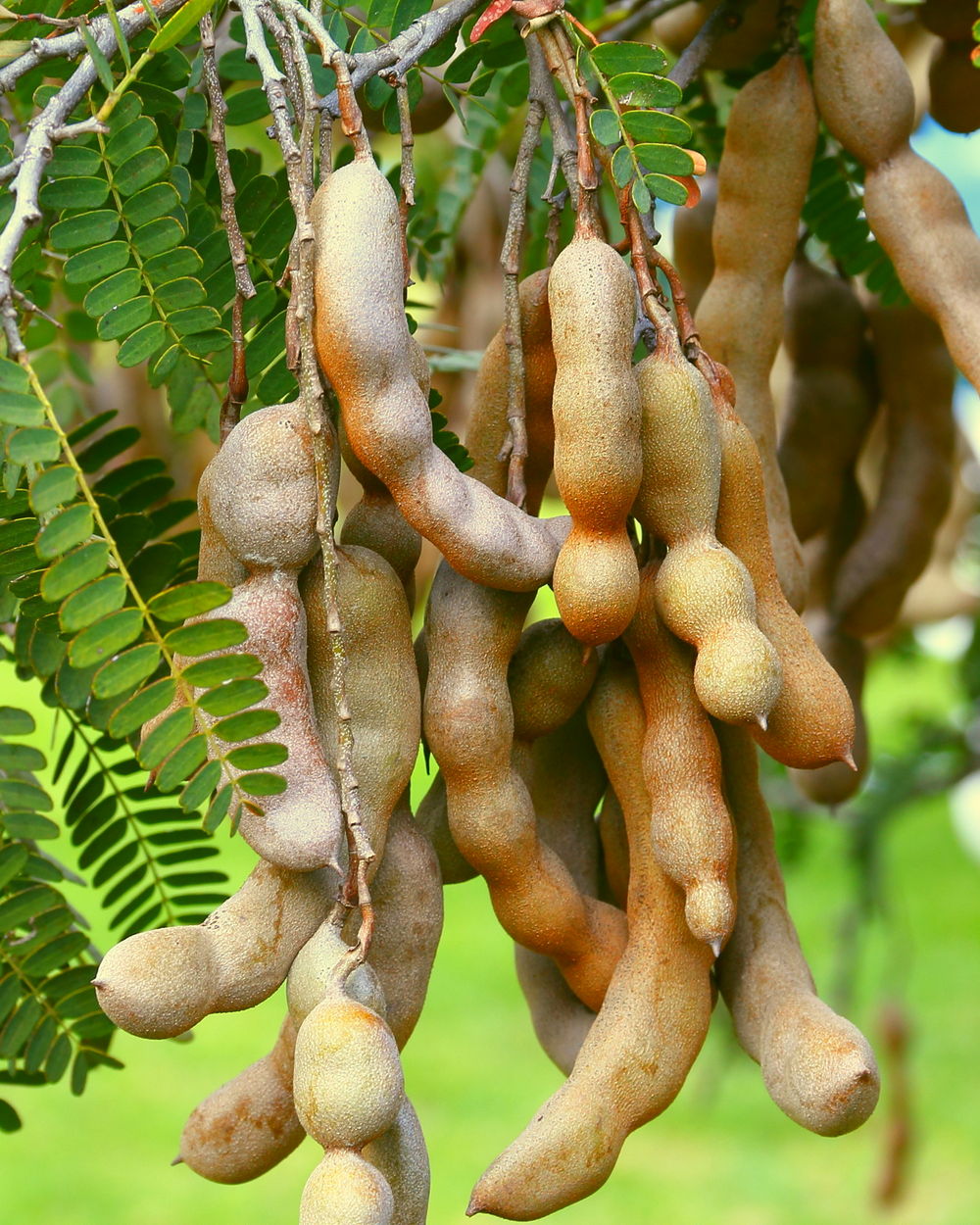


Buy Tamarindus Indica Tamarind Free Shipping Over 100



Tetul Tamarind Tamarindus Indica
What most folks don't realize is that Tamarind leaves are also edible raw or cooked Once one notices it is easy to see the Tamarind (Tamarindus indica tamahRINdus innDICah) is in the greater pea family (and most of them not edible) The Tamarind is native to Africa and is also monotypic, that is, it is the only tree in its genusFree shipping for many products!Tamarind or Tamarindus indica L of the Fabaceae, subfamily Caesalpinioideae, is an important food in the tropics It is a multipurpose tree of which almost every part finds at least some use (Kumar & Bhattacharya, 08), either nutritional or medicinal Tamarind is indigenous to tropical Africa but it has been introduced and naturalized



Amazon Com Tamarindus Indica Tamarind Tree 10 Seeds Garden Outdoor



Tamarindus Indica Acacia Llc
Jun 06, 18 · Tamarind Tree Tamarindus Indica This video is unavailable Watch Queue QueueJul , · Tamarind trees (Tamarindus indica) grow up to 100 feet tall and can live for over 0 years The tree has a short trunk with strong, drooping branches and soft, airy leaves, making itThe tree often grows upright and is suitable for a formal style They withstand little neglect, wiring, root manipulation and heavy pruning It can be readily found as a fruit tree in the tropical areas by the name Tamarindus Indica In some areas, the tree grows wild and people collect them



Tamarind Flower Blooming On The Tree Royalty Free Stock Image Stock Photos Royalty Free Images Vectors Footage Yayimages
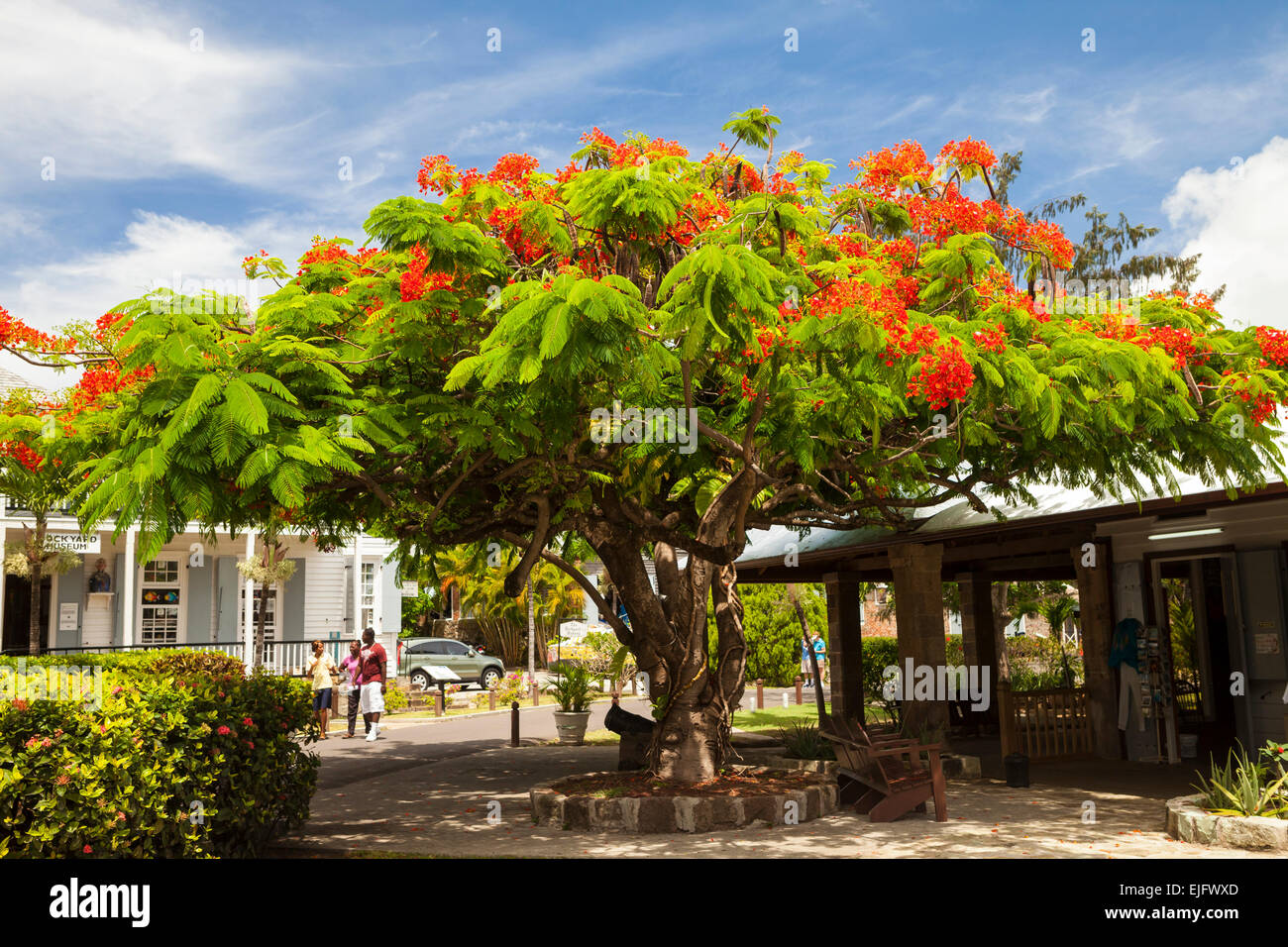


Flowering Tamarind Tree Tamarindus Indica In Nelson 39 S Dockyard Stock Photo Alamy
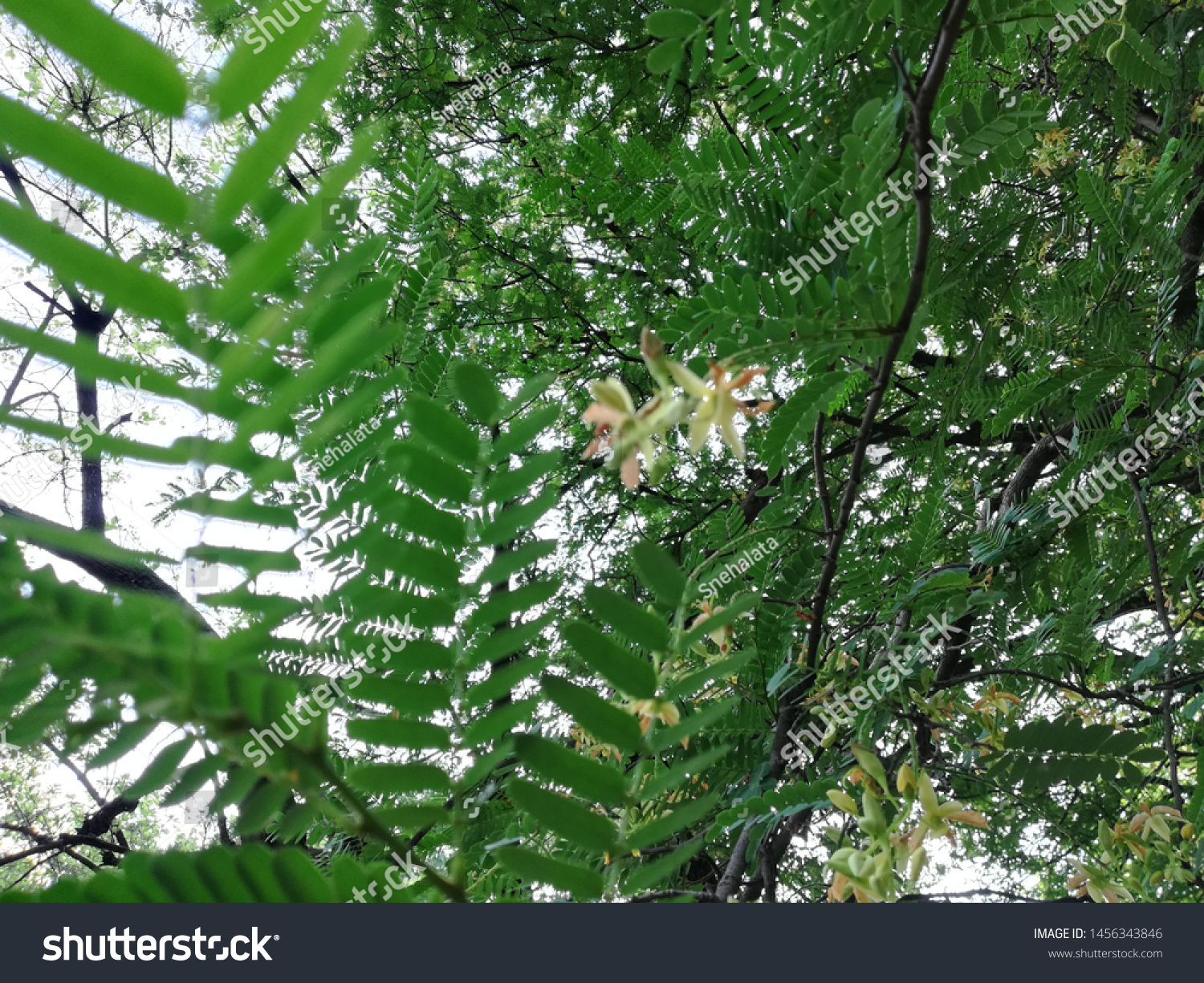


Tamarind Tree Tamarindus Indica Plant Flowers Stock Photo Edit Now


Tamarindus Indica L Plants Of The World Online Kew Science



Tamarindus Indica Friendship With Trees



Tamarind Tree Flower Page 1 Line 17qq Com



Characteristics Of Tamarind Tree Tamarindus Indica In The Wild Names Of Trees


Tamarindus Indica Tamarind Tree Richard Lyons Nursery Inc



Tamarind Flower Blooming On The Tree Scientific Name Tamarindus Stock Photo Picture And Royalty Free Image Image


The Remarkable Tamarind Tree Richard Lyons Nursery Inc



Amazon Com Tamarind Tamarindus Indica 15 Seeds Usa Shipping Tree Plants Garden Outdoor
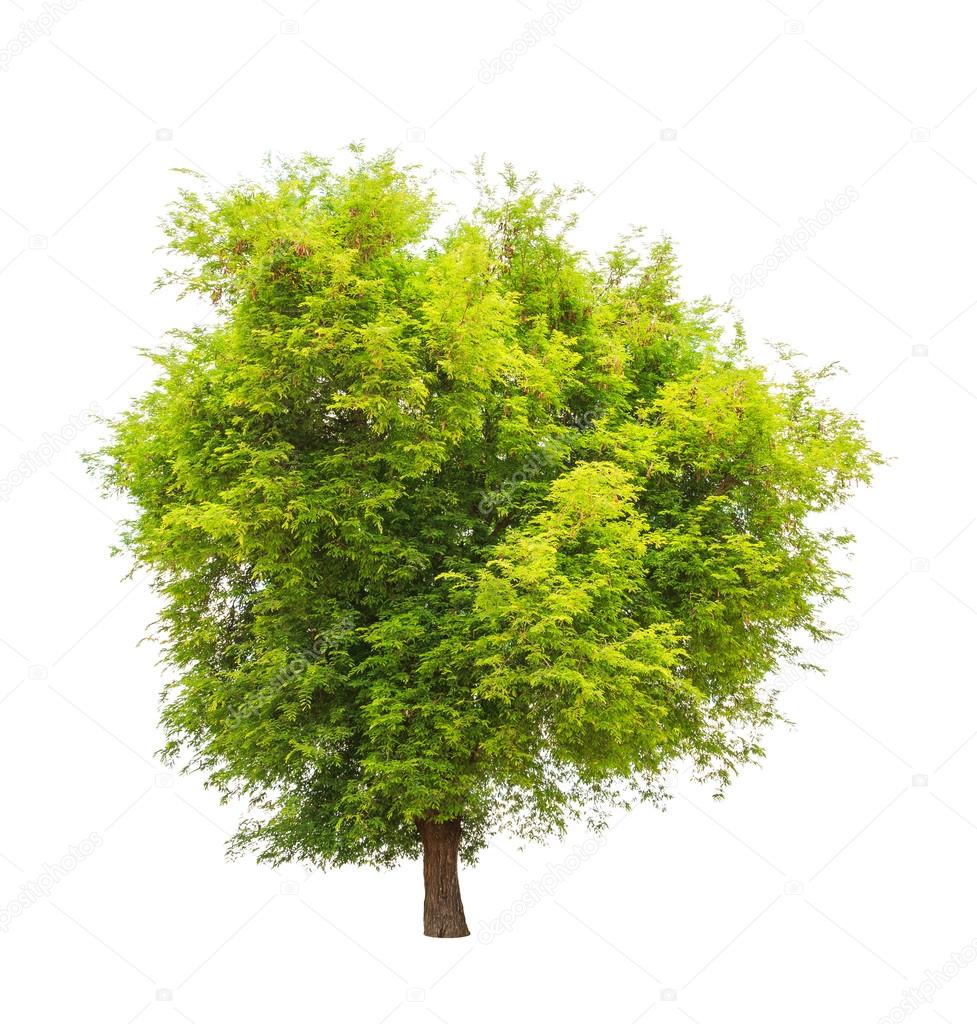


2 144 Tamarind Tree Stock Photos Images Download Tamarind Tree Pictures On Depositphotos


Polynesian Produce Stand Manila Sweet Tamarind Tamarindus Indica Spice Tree 2 Small Plants



Tamarind Tree High Resolution Stock Photography And Images Alamy
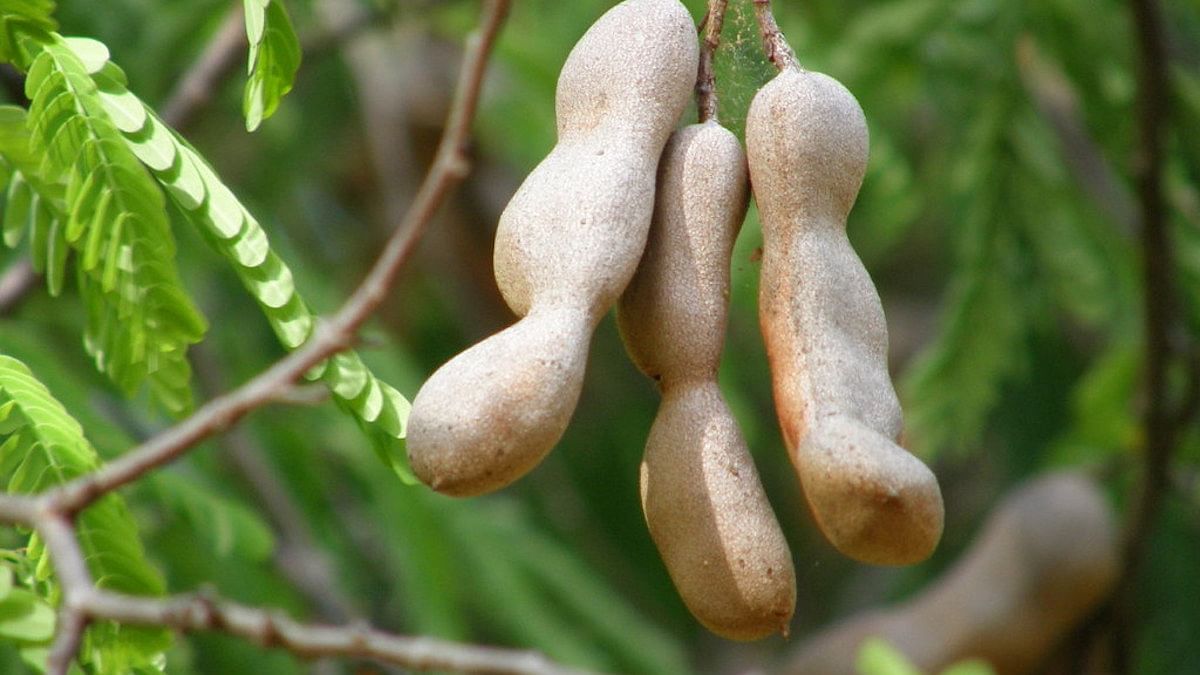


Babur To Wwii To Sonia Gandhi All Connected Through Tamarind Tree In India



Seeds Of Tamarindus Indica Indian Tamerint Tamarind Tree Seeds For Sowing Sold By Hoxem On Storenvy



Tamarind Flowers Or Tamarindus Indica Flowers Stock Photo Picture And Royalty Free Image Image
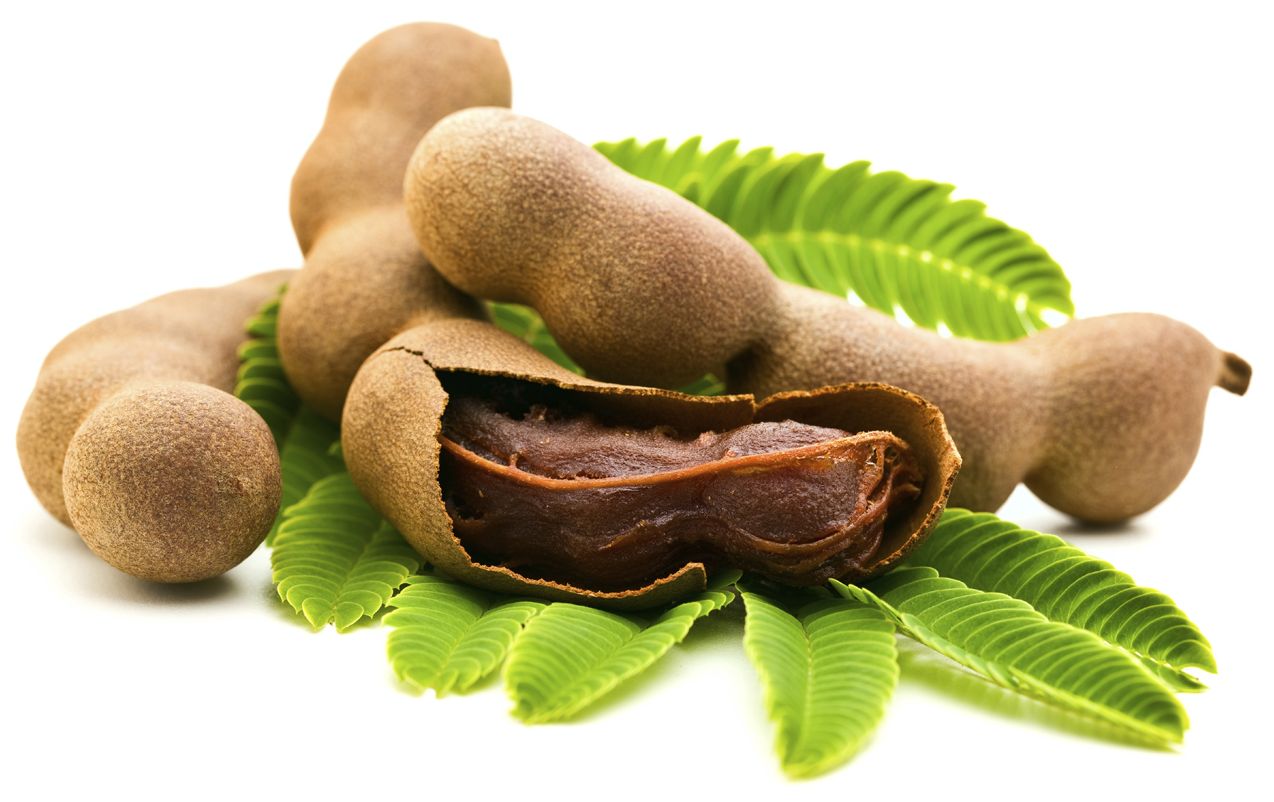


Specimen Of The Day Tamarind Herbology Manchester



Tamarind Tree Tamarindus Indica Plant Flowers Stock Photo Edit Now
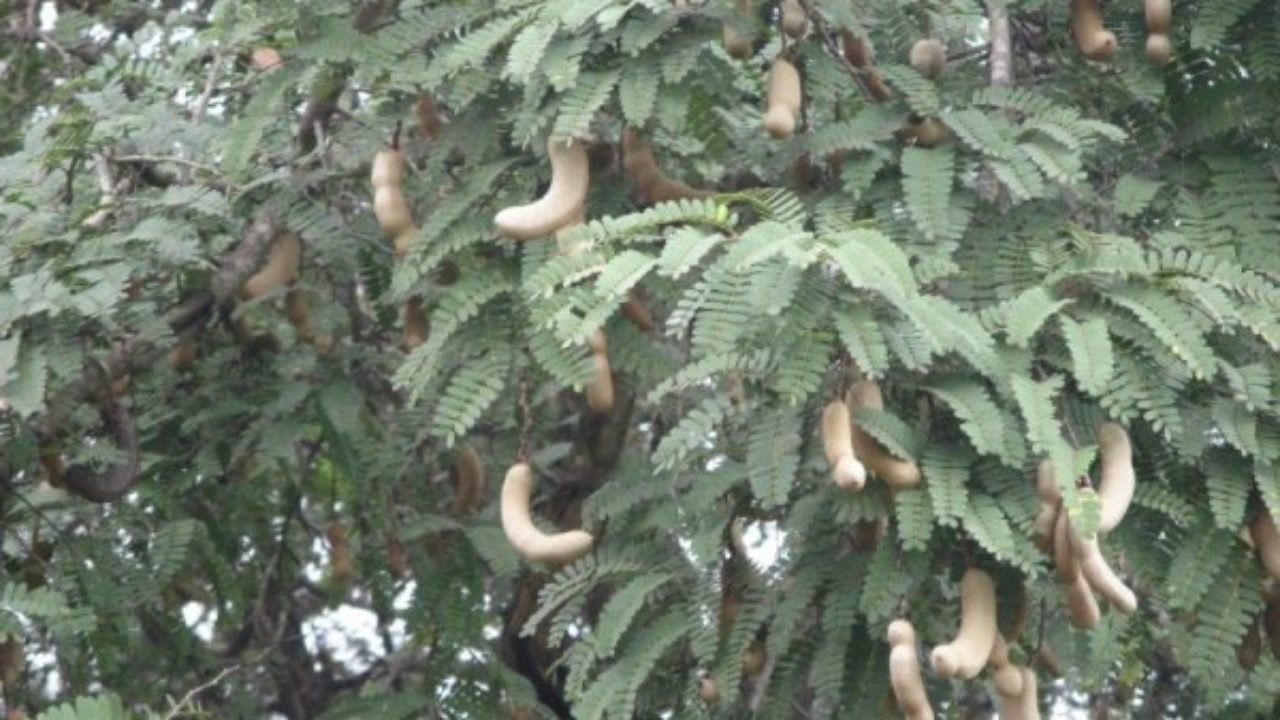


Tamarind Tree Itslife In


Tamarindus Indica Flora Of Qatar


Tamarind Tree Tamarindus Indica Handcoloured Copperplate Botanical Engraving From Johannes Zorn S Afbeelding Der Artseny Gewassen Jan Christiaan Sepp Amsterdam 1796 Zorn First Published His Illustrated Medical Botany In Nurnberg In 1780 With 500
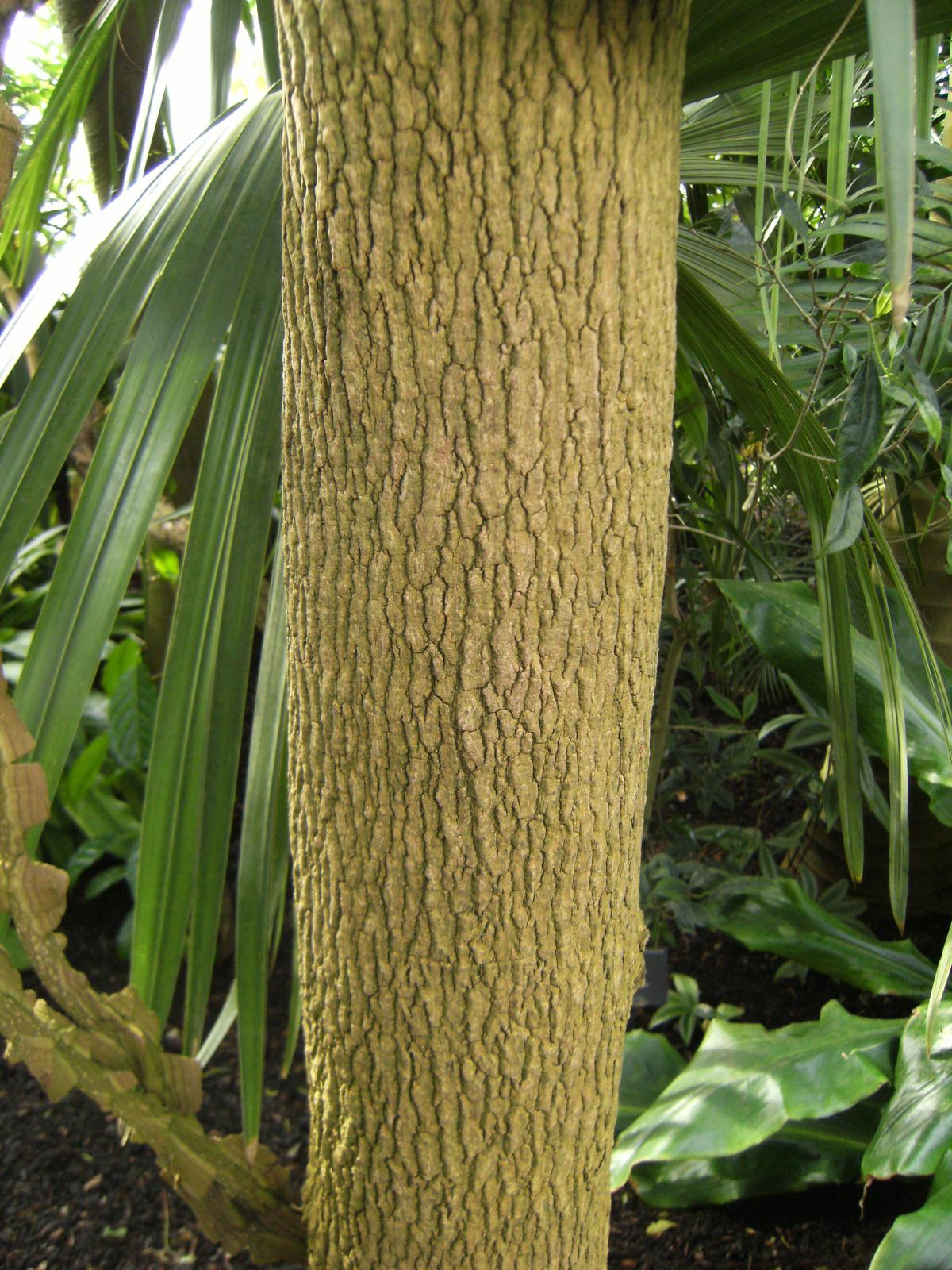


Tamarind Tamarindus Indica Feedipedia



Tamarindus Indica 10 100 Seeds Tamarind Fruit Ornamental Tree Edible The Plant Attraction
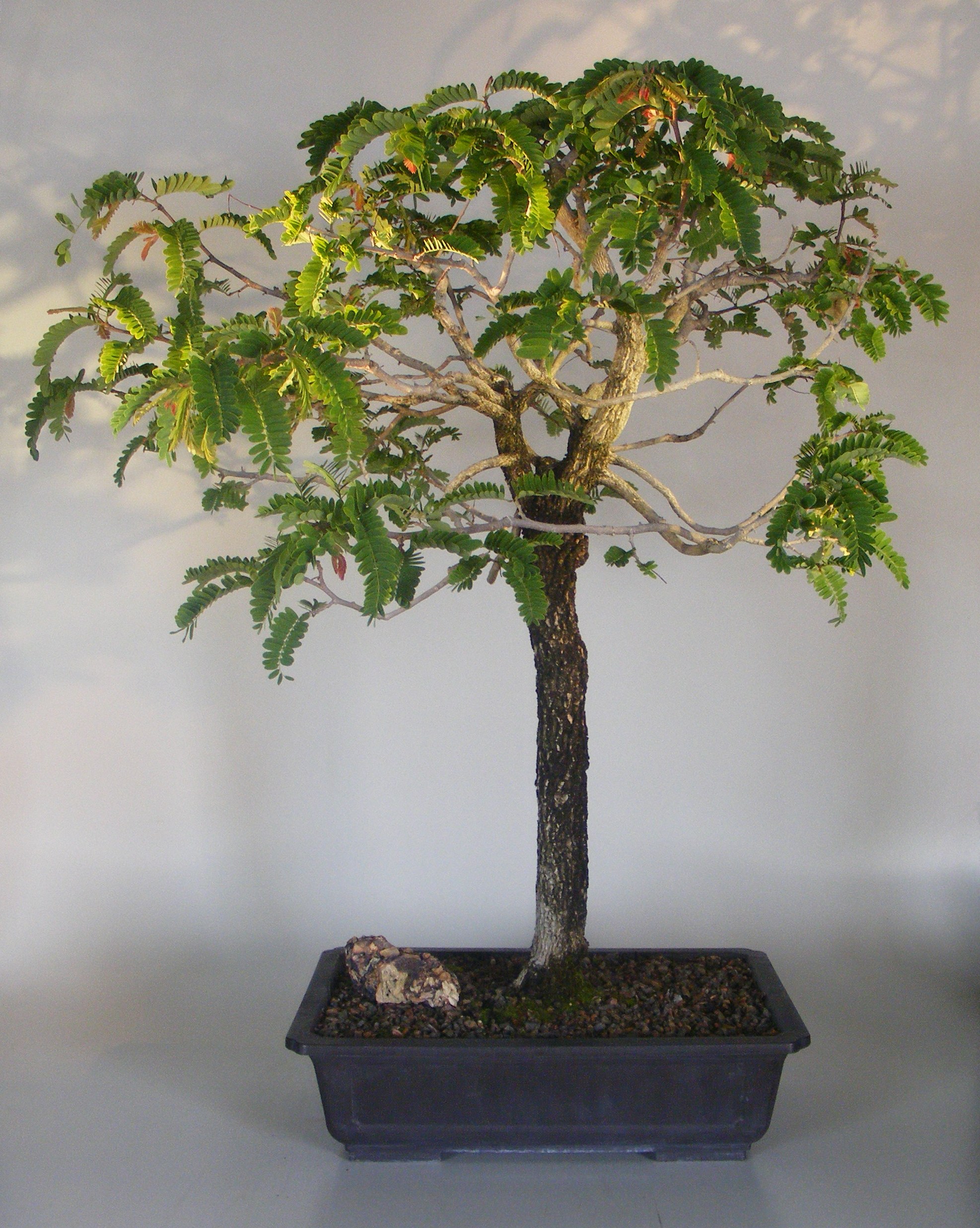


Flowering Tamarind Bonsai Tree Tamarindus Indica



Tamarind Tree In Garden Tamarindus Indica Stock Photo Picture And Royalty Free Image Image



Tamarind Tamarindus Indica Flowers Stock Photo Alamy



Tamarind Tamarindus Indica Illustration From Medical Botany 16 By John Stephenson And James Morss Churchill F Free Illustrations Illustration Tamarind



Characteristics Of Tamarind Tree Tamarindus Indica In The Wild Names Of Trees



Tamarind Tree Flower Page 1 Line 17qq Com
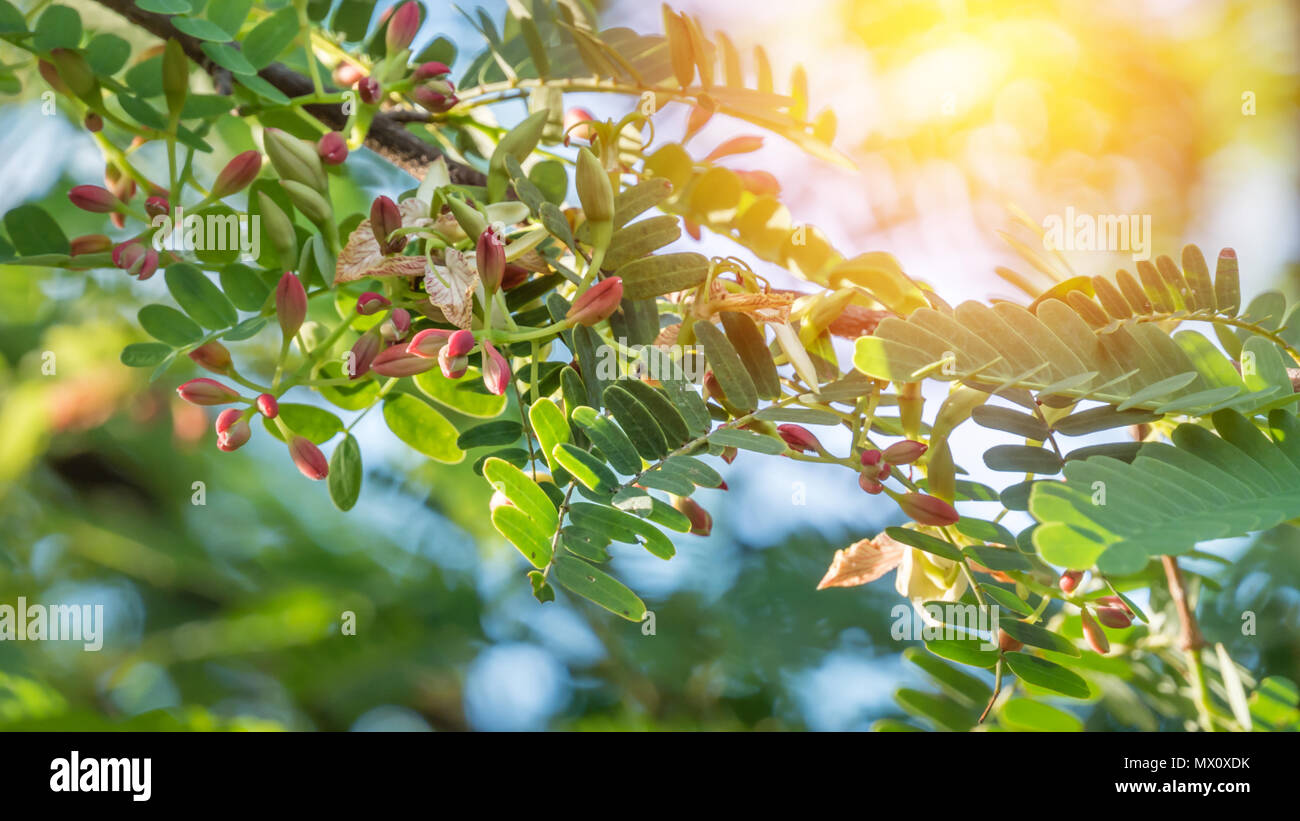


Tamarind Flower Blooming On The Tree Scientific Name Tamarindus Indica Stock Photo Alamy
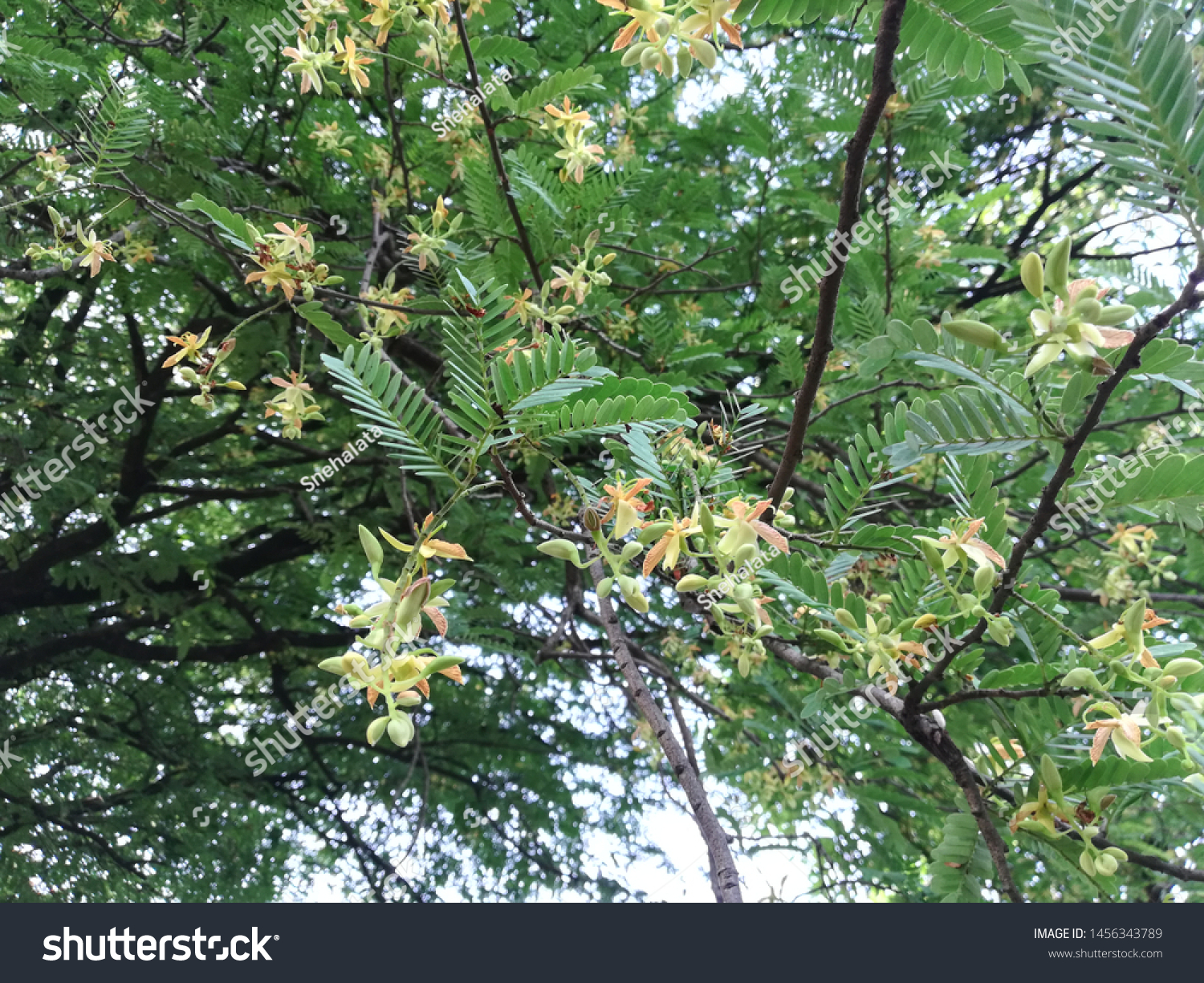


Tamarind Tree Tamarindus Indica Plant Flowers Stock Photo Edit Now



W What Color Are The Flowers Of The Tamarind Tree Page 1 Line 17qq Com



Tamarind Tree Bonsai Bonsai Bonsai Fruit Tree Tamarind



Tamarind Tree Tamarindus Indica Free Photo On Pixabay



Tamarind Flowers Or Tamarindus Indica Flowers Stock Photo Picture And Royalty Free Image Image


Tamarindus Indica L Plants Of The World Online Kew Science



Thai Sweet Tamarind Seeds Grow In A Potas A Bush Or Tree Etsy Tamarind Seeds Types Of Soil



Tamarindus Indica Tree And Flower Stock Photo Image Of Herb Wildflower


The Remarkable Tamarind Tree Richard Lyons Nursery Inc
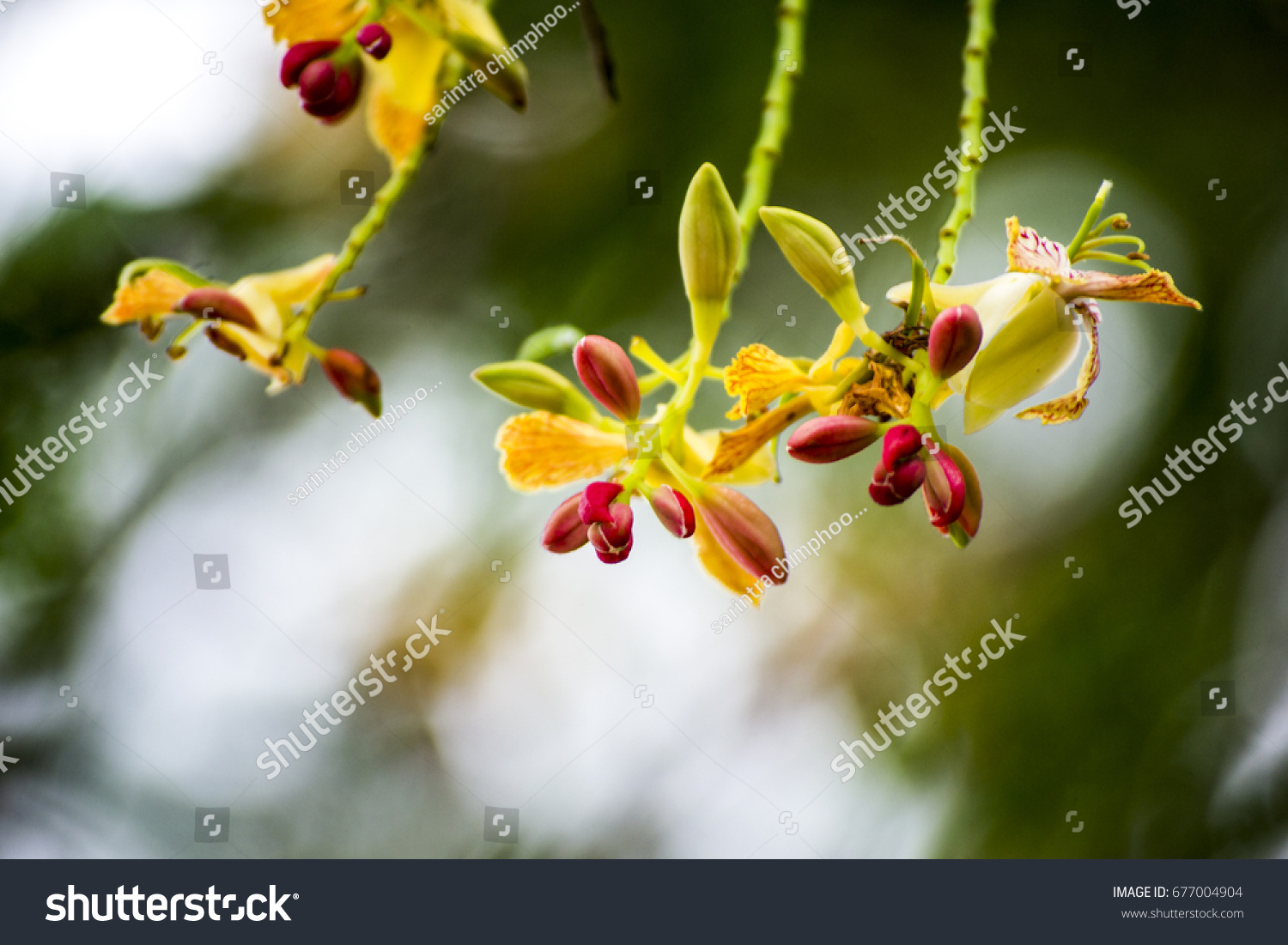


Tamarind Flower Blooming On Tree Scientific Stock Photo Edit Now



Tamarind Flower Tamarindus Indica
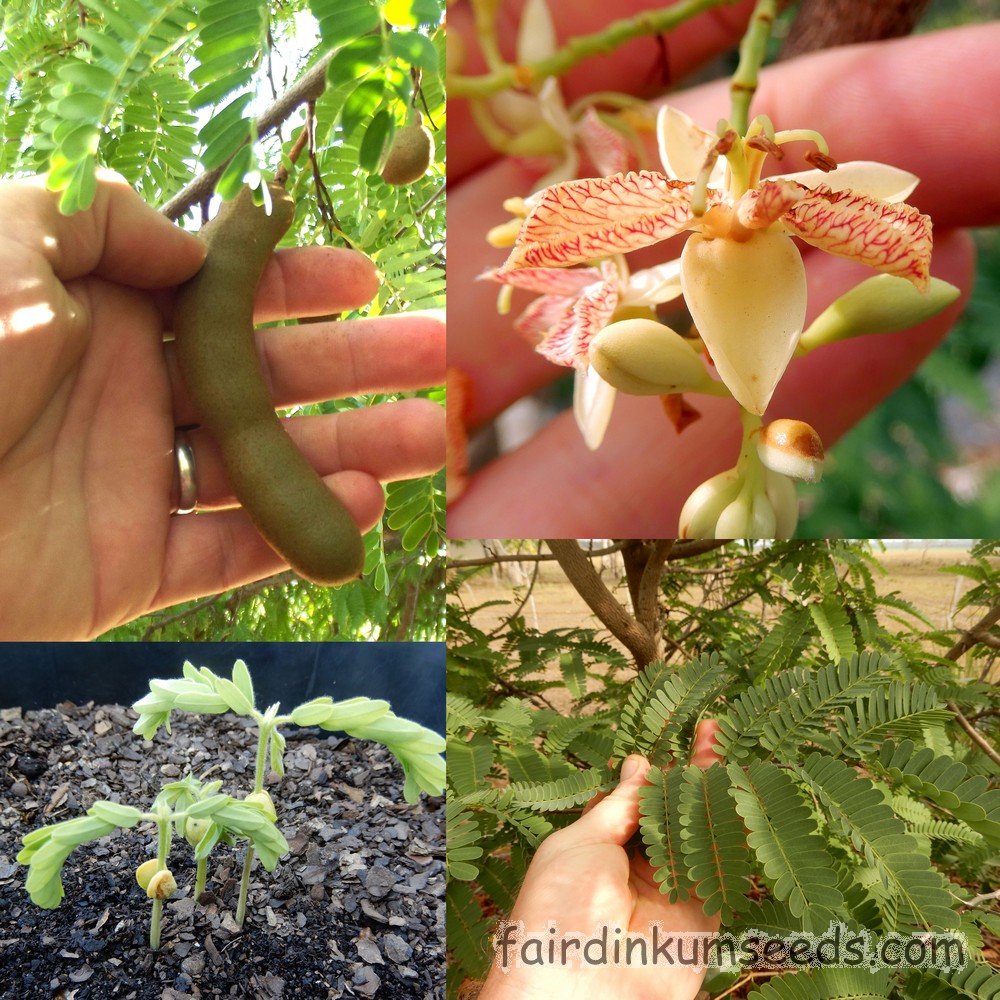


Sweet Sour Tamarind Tamarindus Indica Seeds Fair Dinkum Seeds


Polynesian Produce Stand Manila Sweet Tamarind Tamarindus Indica Spice Tree 2 Small Plants



Tamarind Tree Seeds Tamarindus Indica
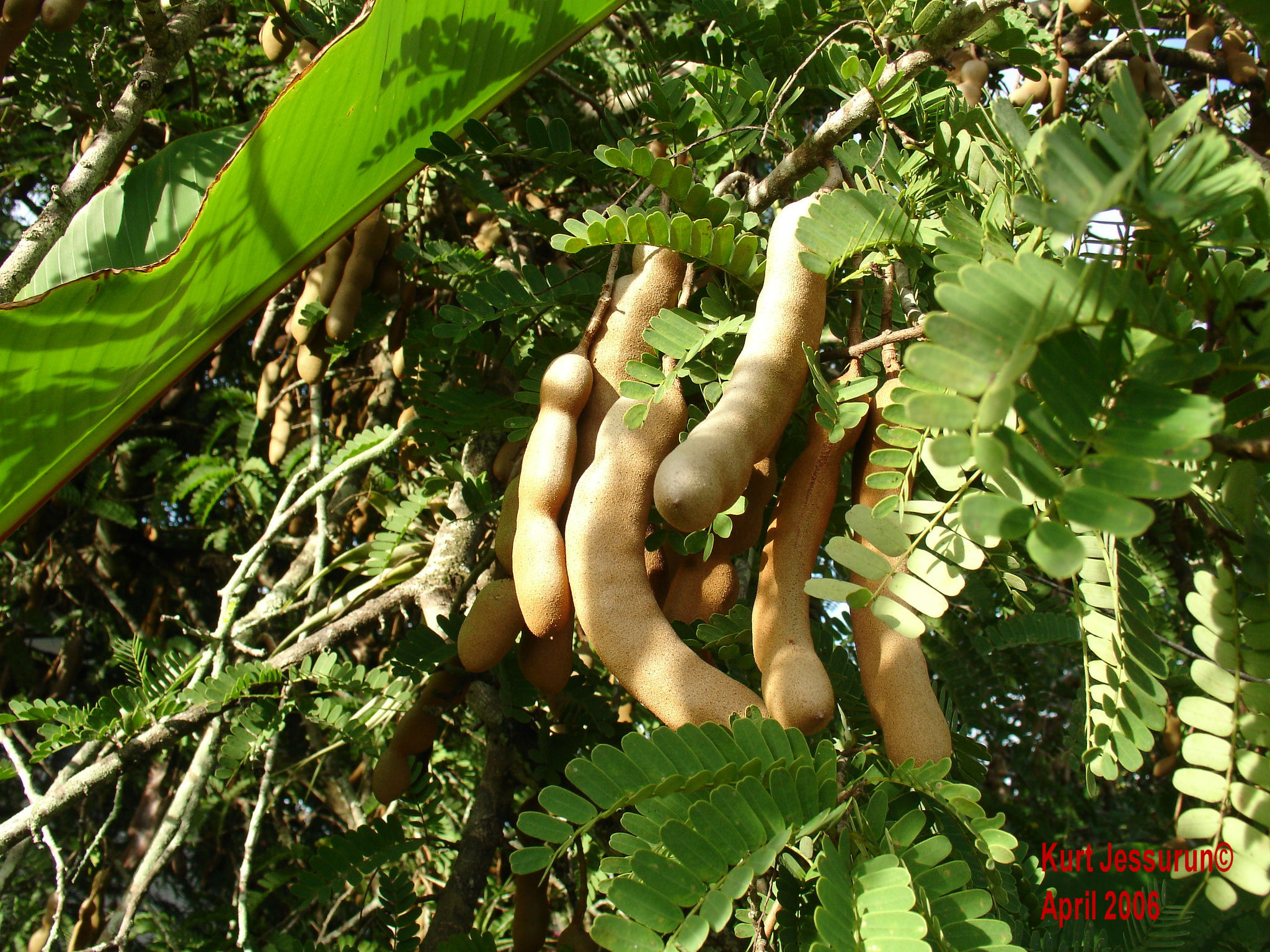


Tamarindus Indica Tamarind



1 158 Tamarindus Indica Photos Free Royalty Free Stock Photos From Dreamstime
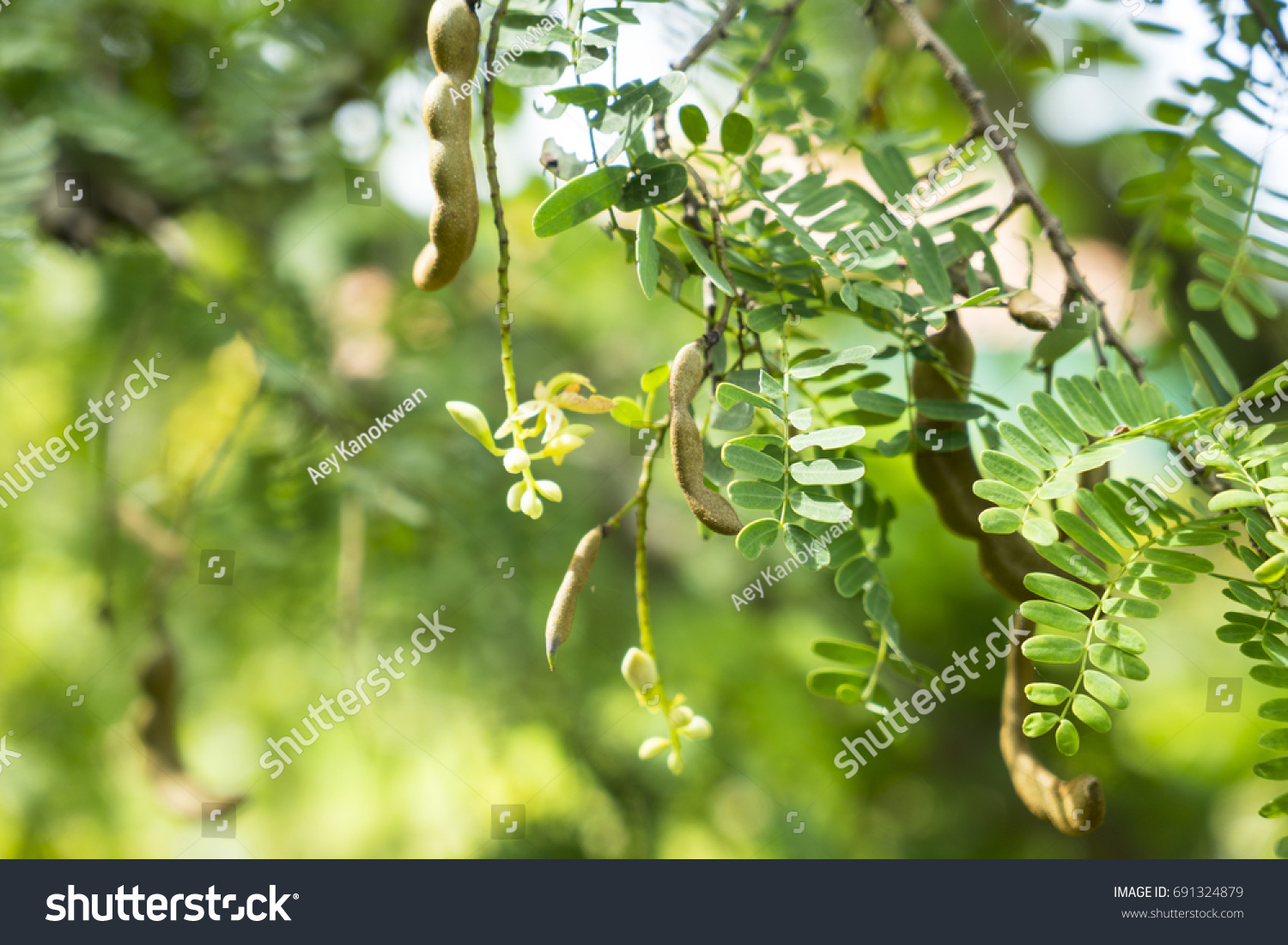


Tamarind Scientific Nametamarindus Indica Pink Flower Stock Photo Edit Now



Tamarind Fruit Tree Sow Exotic
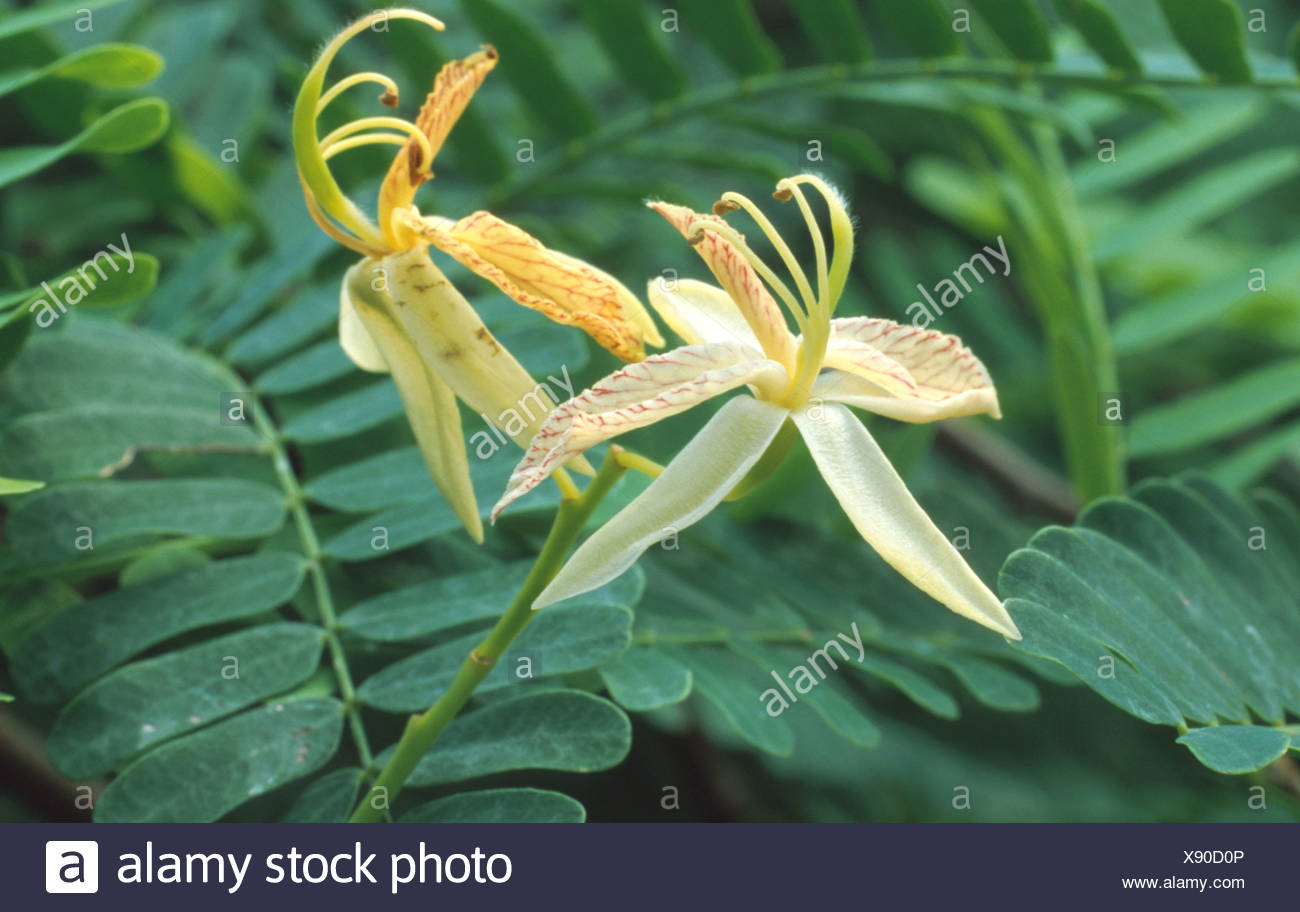


Tamarind Tamarindus Indica Flowers Stock Photo Alamy



Tamarindus Indica Or Tamarind Tree شجرة التمر الهندي Buy Online Green Souq Uae
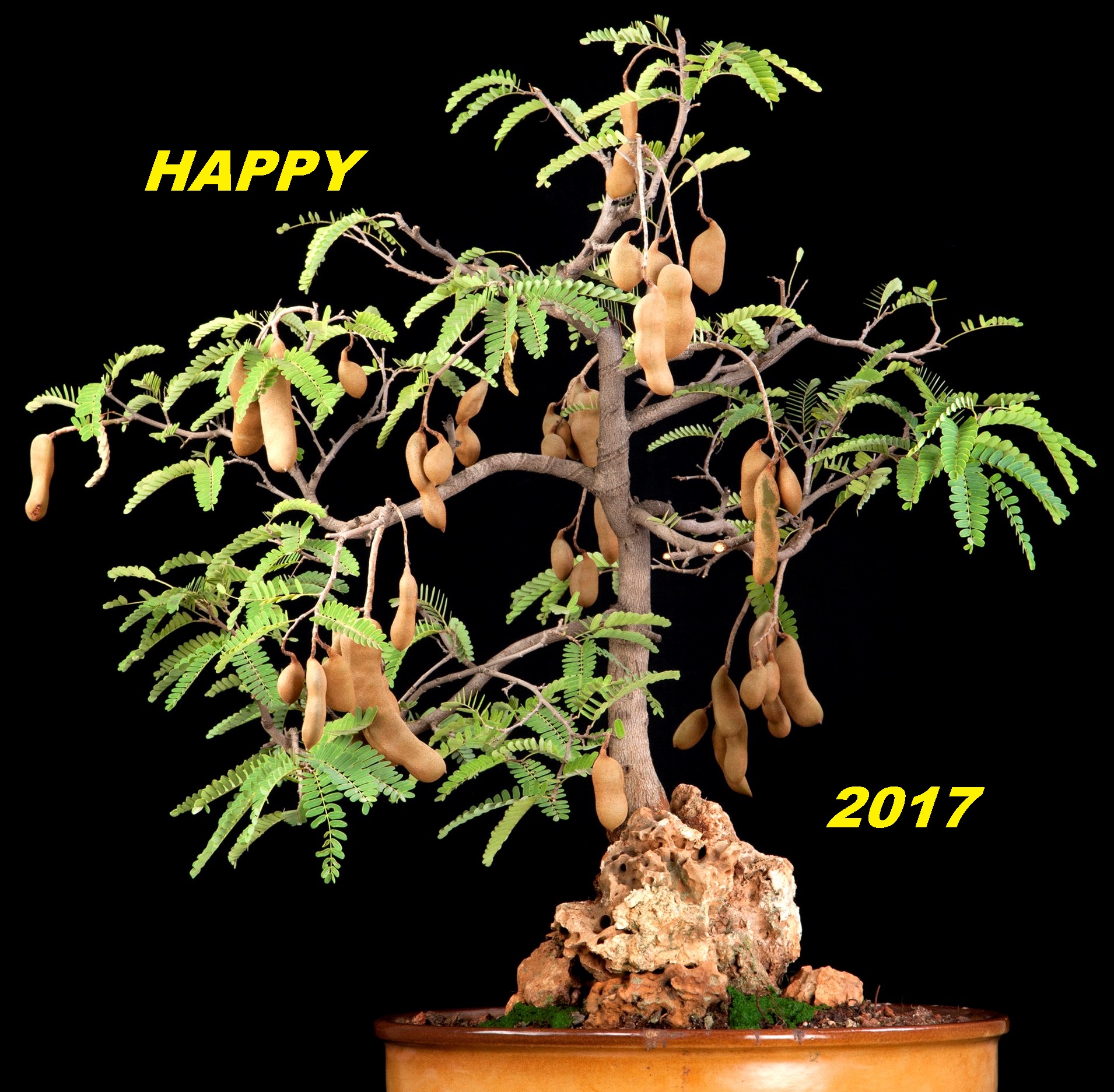


Tamarindus Indica Bonsai i



Tamarind Fruit Tree Sow Exotic



Tamarindus Indica Tamarind Tree 10 Seeds Garden Outdoor Amazon Com
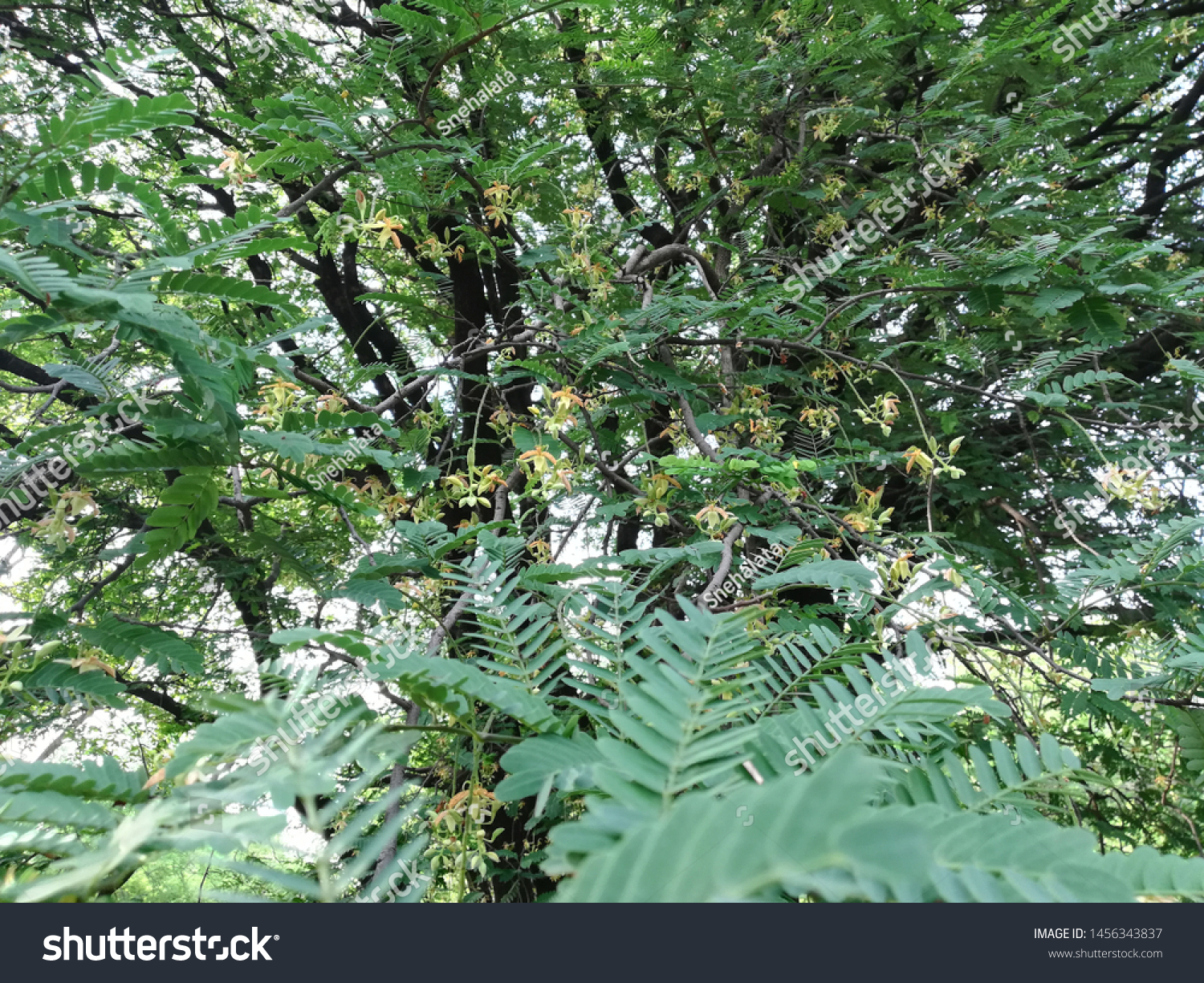


Tamarind Tree Tamarindus Indica Plant Flowers Stock Photo Edit Now



Tamarindus Indica Tamarind Tree Seeds Rare Quality Seeds



Tamarindus Indica The Tamarind Tree 10 Fresh Seeds Etsy In 21 Tamarind Tropical Africa Seeds
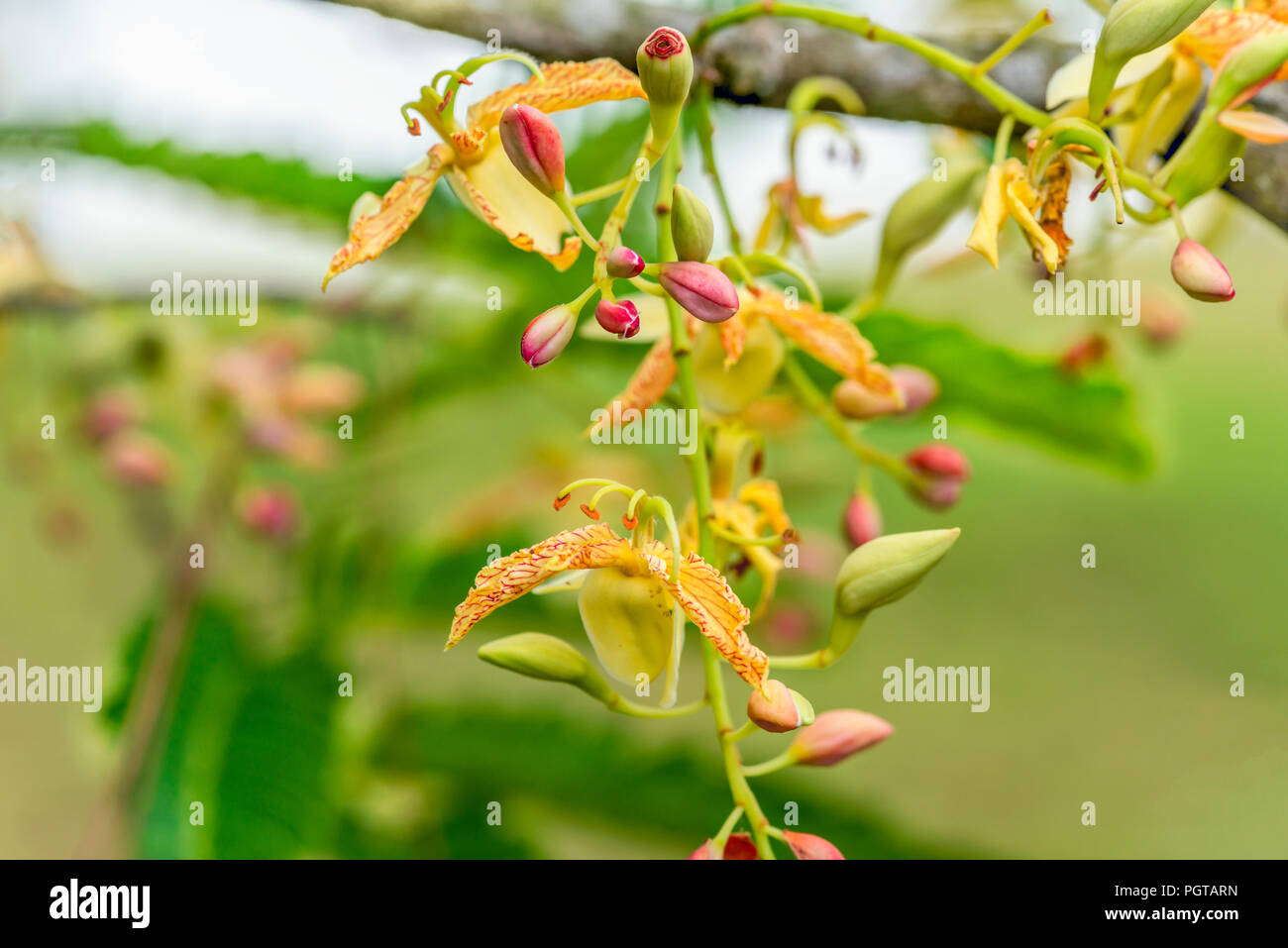


Tamarindus Indica High Resolution Stock Photography And Images Alamy
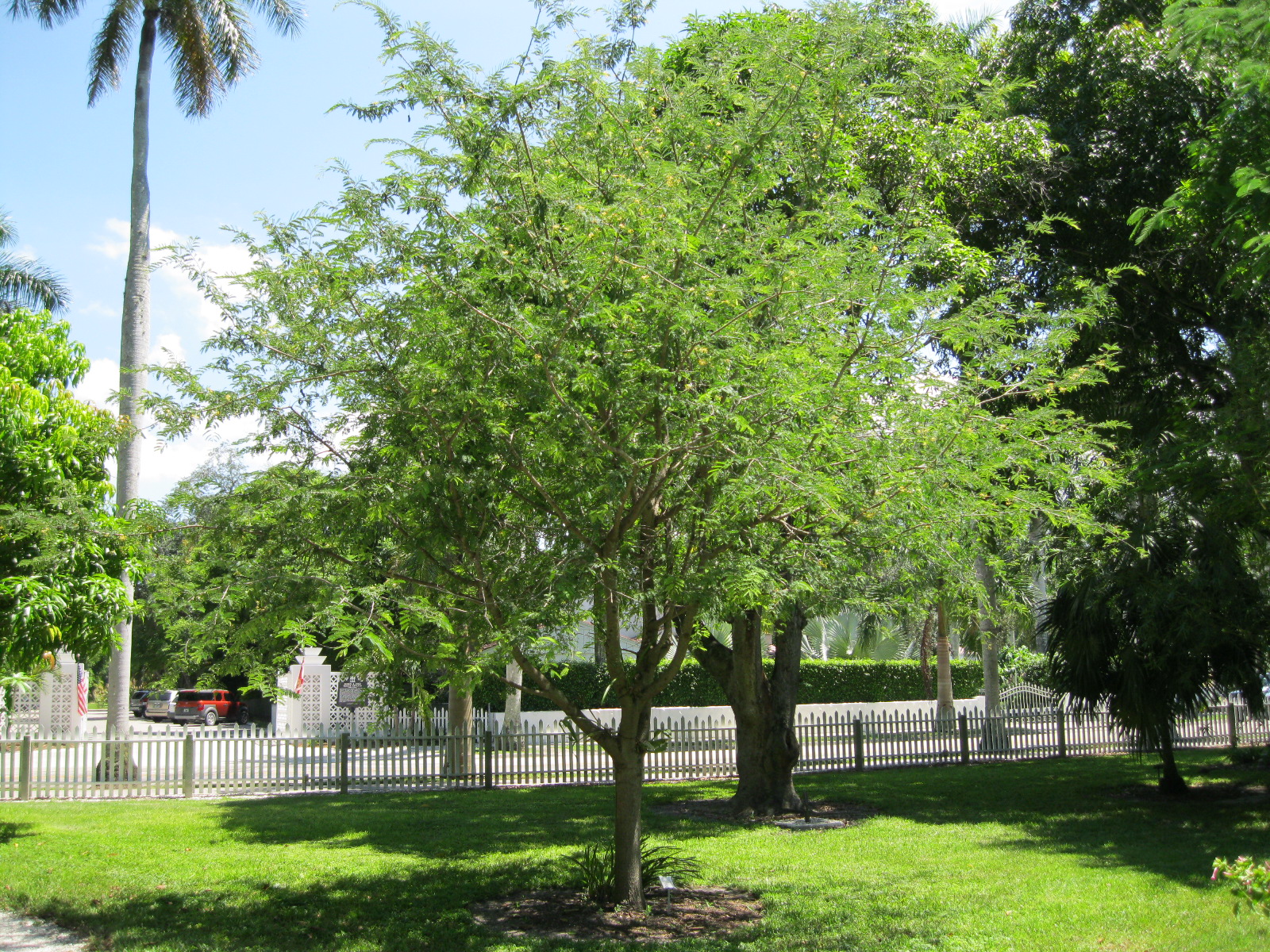


Name That Plant Win That Plant Xii Answer Tamarind Edison And Ford Winter Estates



Tamarind Tree 10 Seeds Seed Bonsai Tamarindus Indica Hirt S Gardens



Antique Print Tamarindus Indica Tamarind Tree Chomel 1800 Pictura Antique Prints
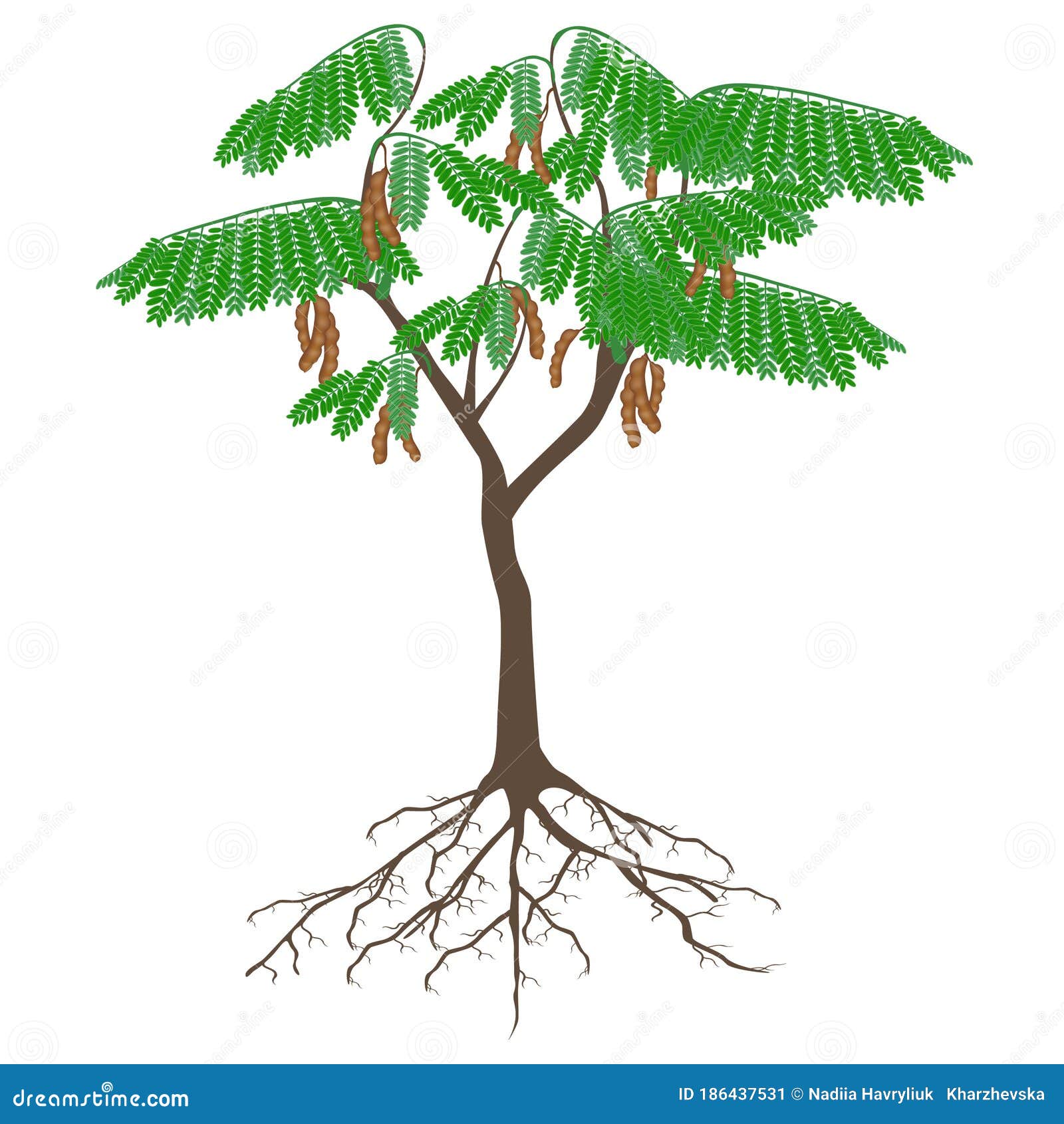


Tamarind Tree Stock Illustrations 302 Tamarind Tree Stock Illustrations Vectors Clipart Dreamstime



Characteristics Of Tamarind Tree Tamarindus Indica In The Wild Names Of Trees



Tetul Tamarind Tamarindus Indica


Tamarindus Indica L Plants Of The World Online Kew Science



This Is One Of My Tamarind Trees Tamarindus Indica Grown From De Seed One And A Half Years Old Indoorgarden


Tamarindus Indica L Plants Of The World Online Kew Science


Tamarind Wikipedia



Tamarindus Indica Flower Stock Photo Picture And Royalty Free Image Image


Tamarindus Indica Tamarind Tree Fruit Richard Lyons Nursery Inc


Tamarindus Indica Tamarind The Exotic Seed Emporium



Thirukurugoor Tamarind Tree Page 1 Line 17qq Com
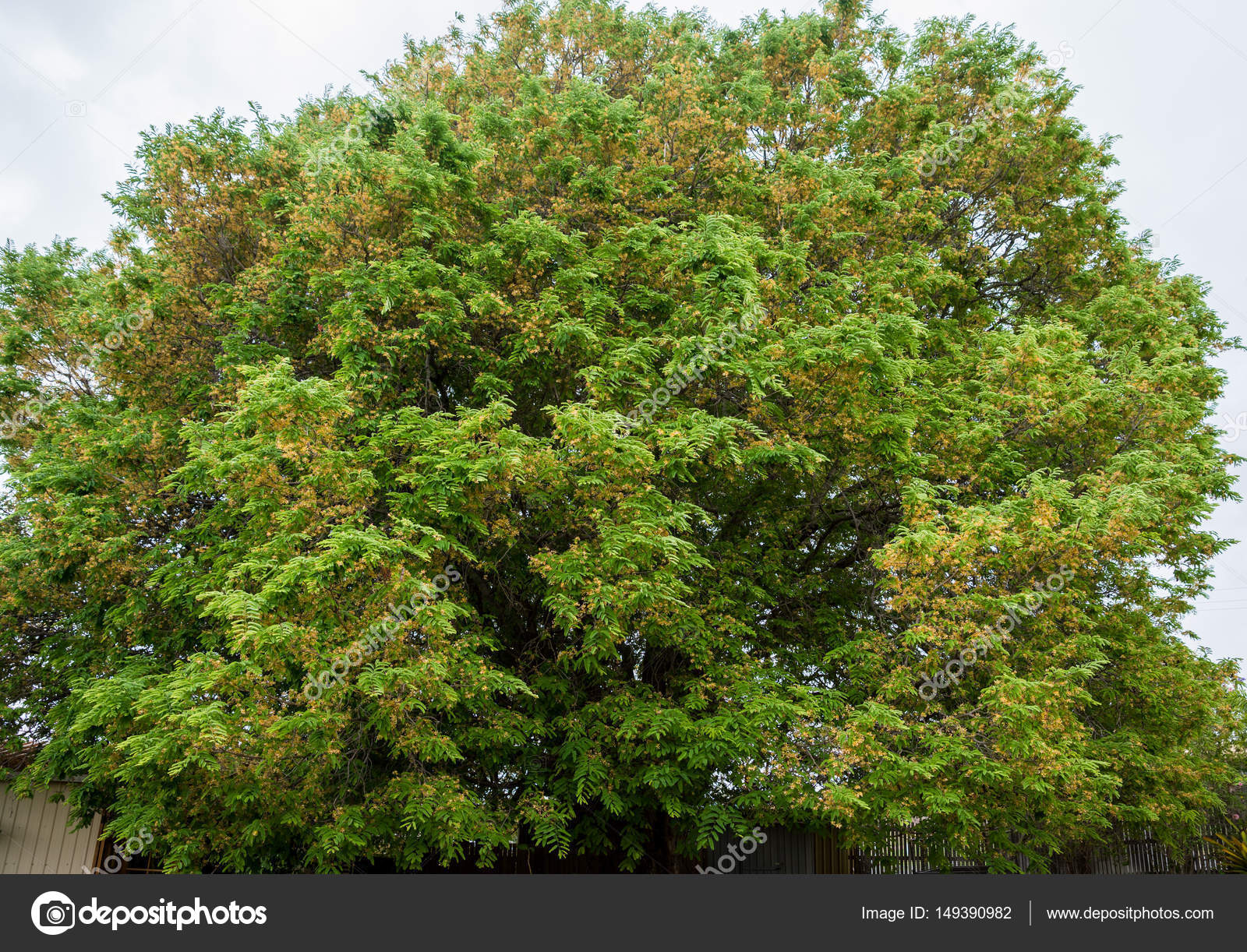


Huge Tamarind Tree Tamarindus Indica In Flower Stock Photo Image By C Shers
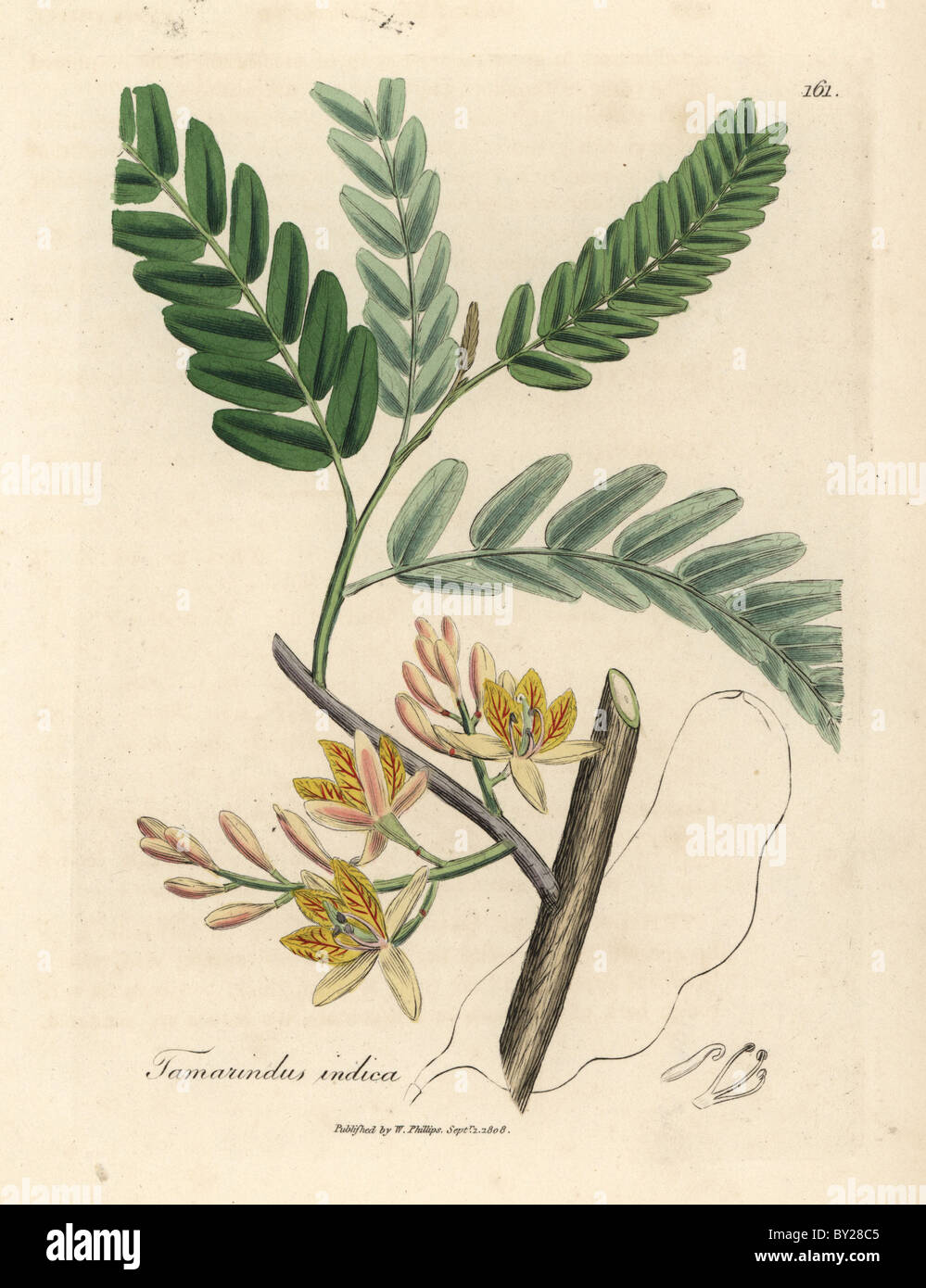


Yellow Flowered Tamarind Tree With Outline Of Large Seedpod Stock Photo Alamy



Blooming Tamarindus Indica Stock Photo Image Of Fabaceae



0 件のコメント:
コメントを投稿